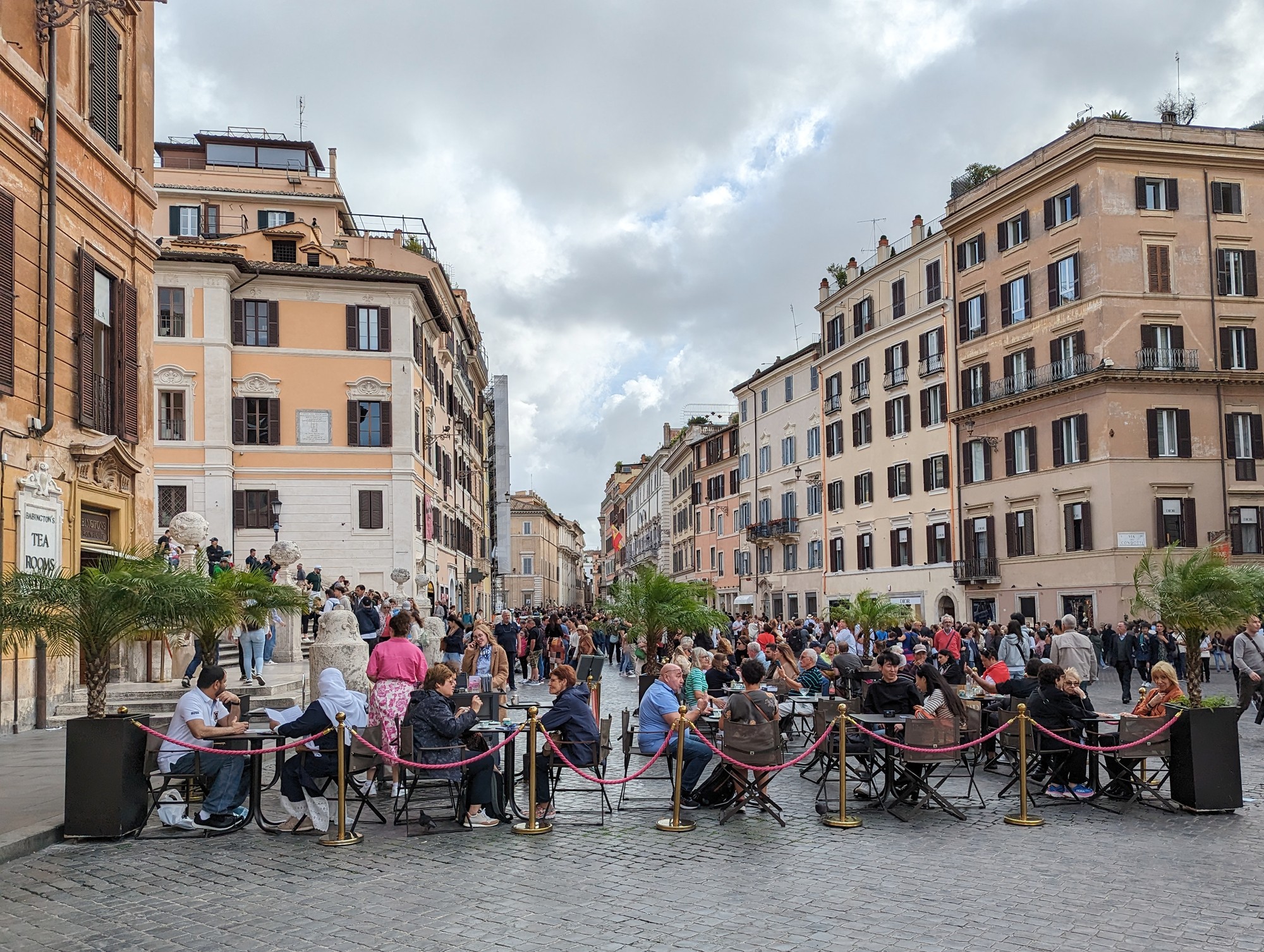Rome Walk, Rome, Italy
The first day in Rome. The pictures were taken while walking the popular Rome walk that tourists follow.
Rome: 00186 Rome, Metropolitan City of Rome Capital, Italy
Rome is one of the oldest continuously inhabited cities in the world, with a history spanning over two and a half millennia.
It was the capital of the Roman Kingdom, Roman Republic, and Roman Empire. It played a crucial role in the development of Western civilization and was the center of the Roman Catholic Church.
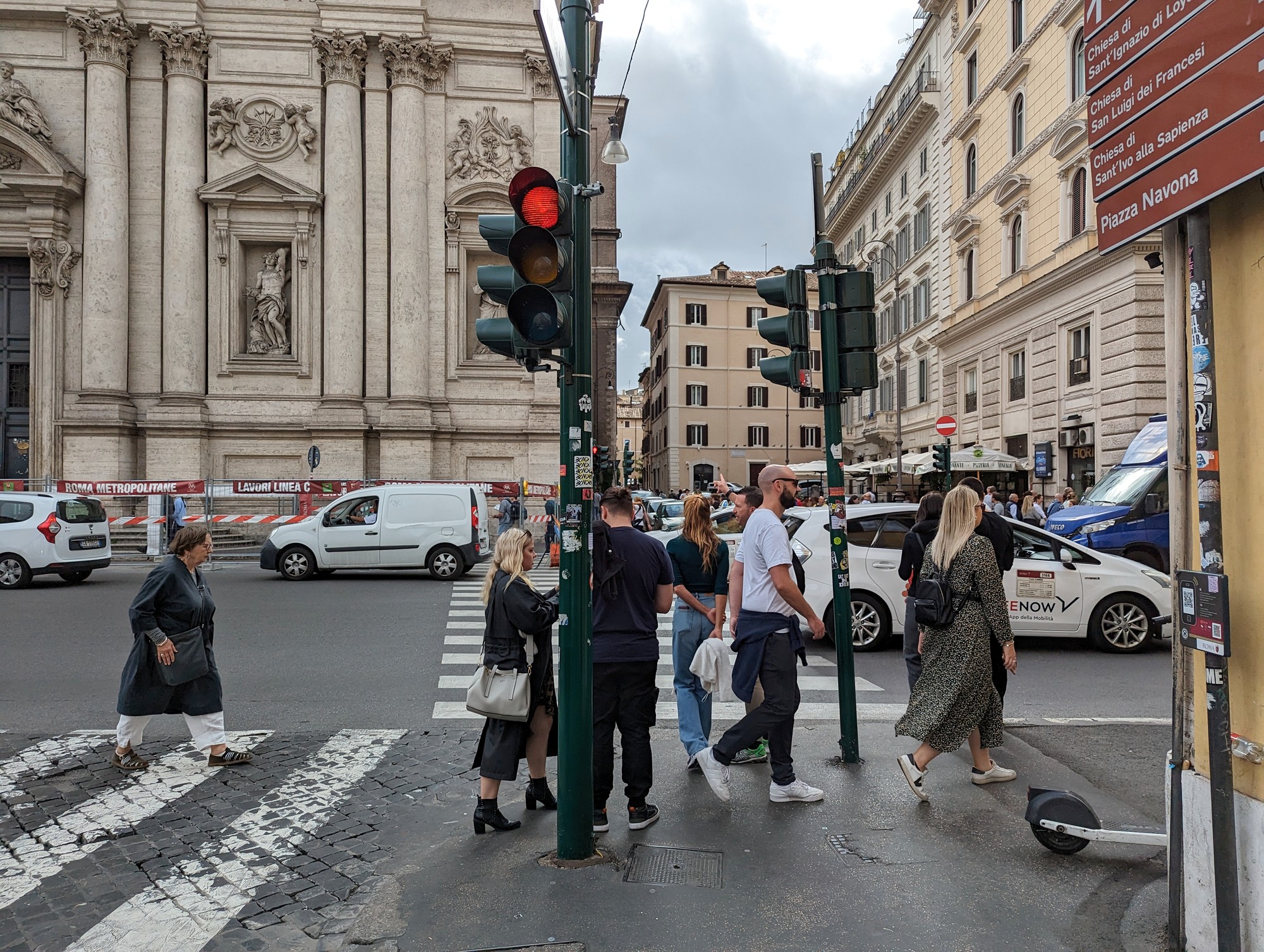
My plan was to start the walk from the Campo de’ Fiori, a local plaza.
On the way to Campo de’ Fiori from a subway station.


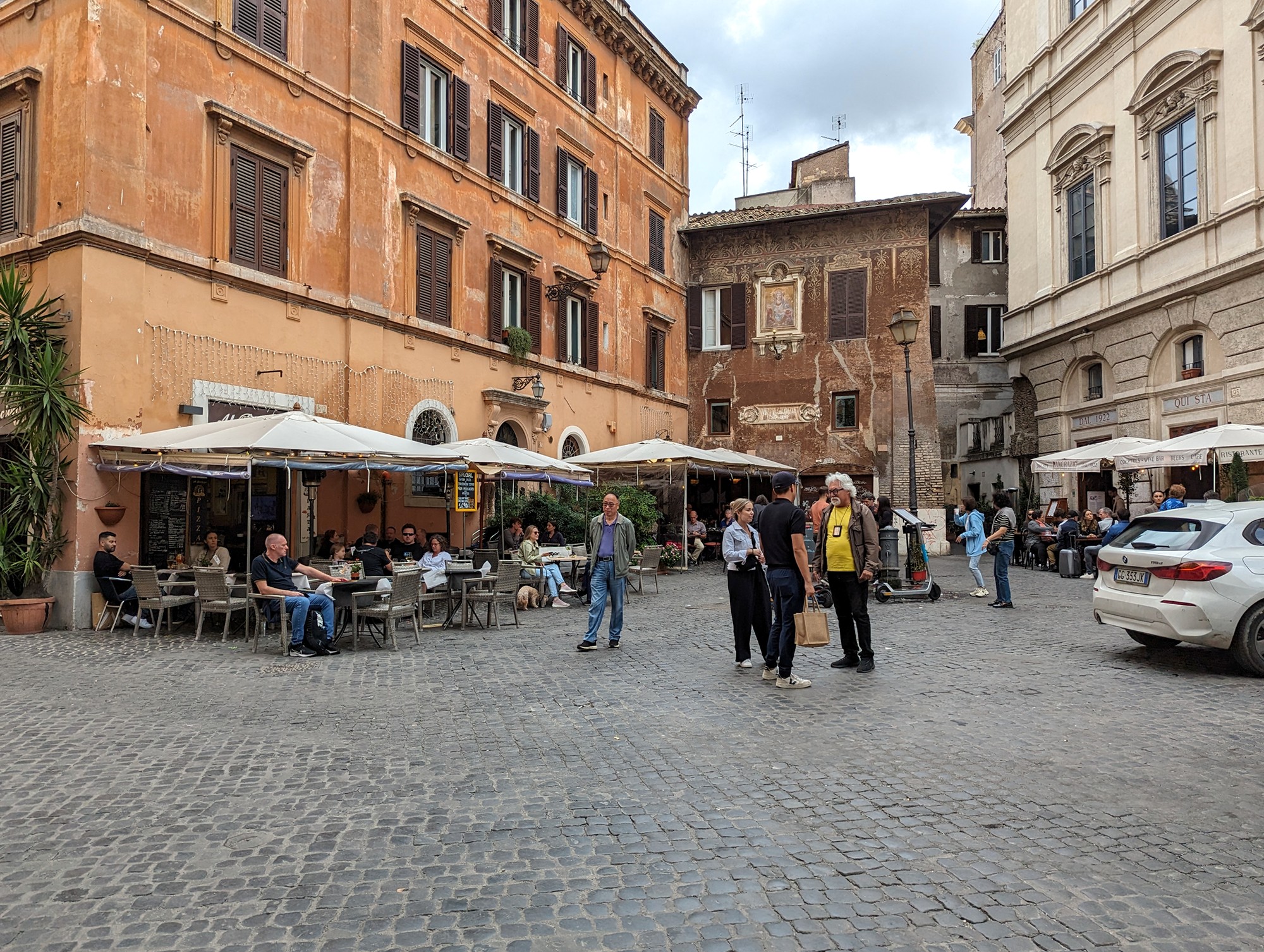
The Campo de’ Fiori. It is a popular local produce market in a public square, selling fruit, vegetables & general goods.
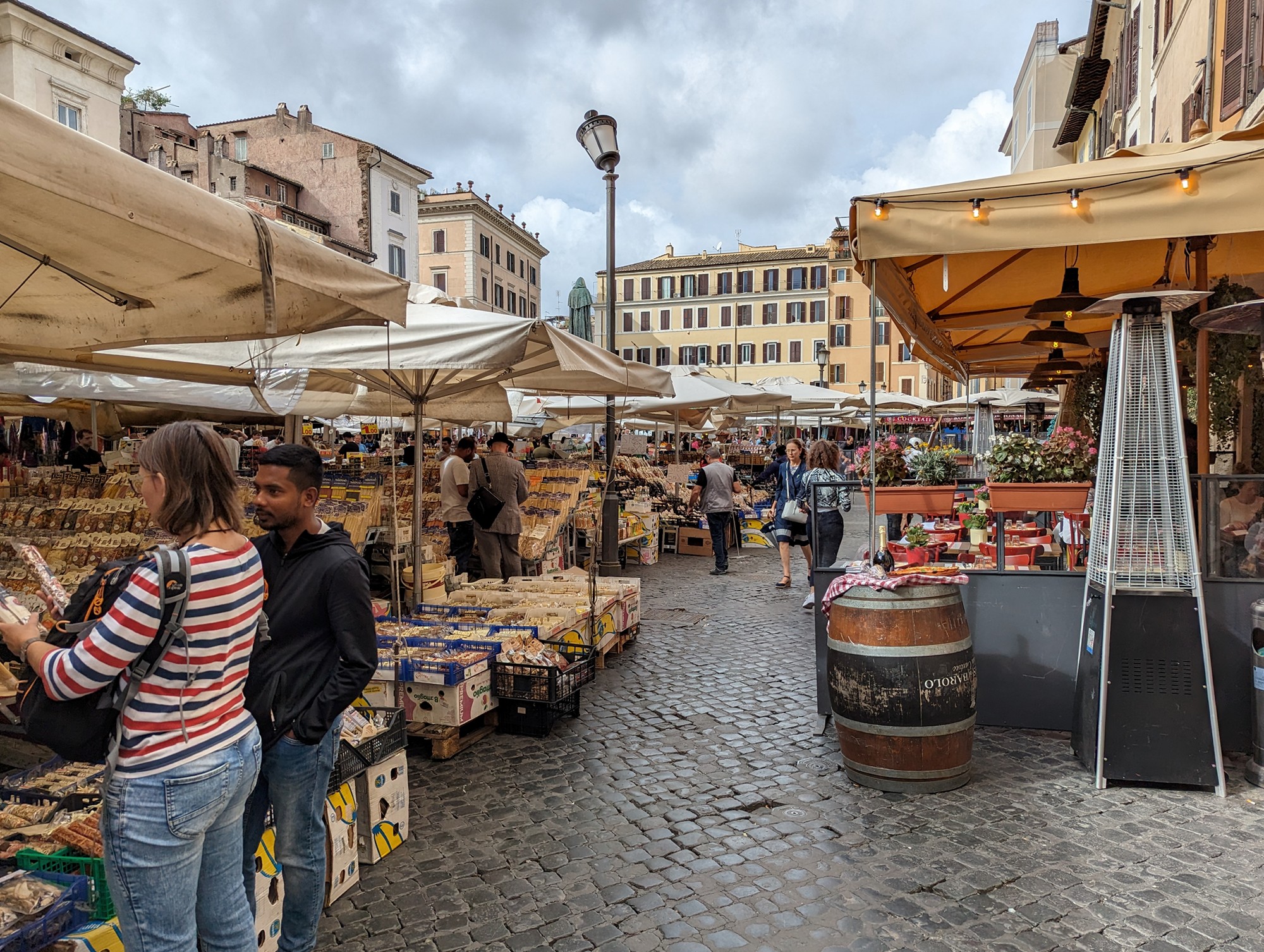
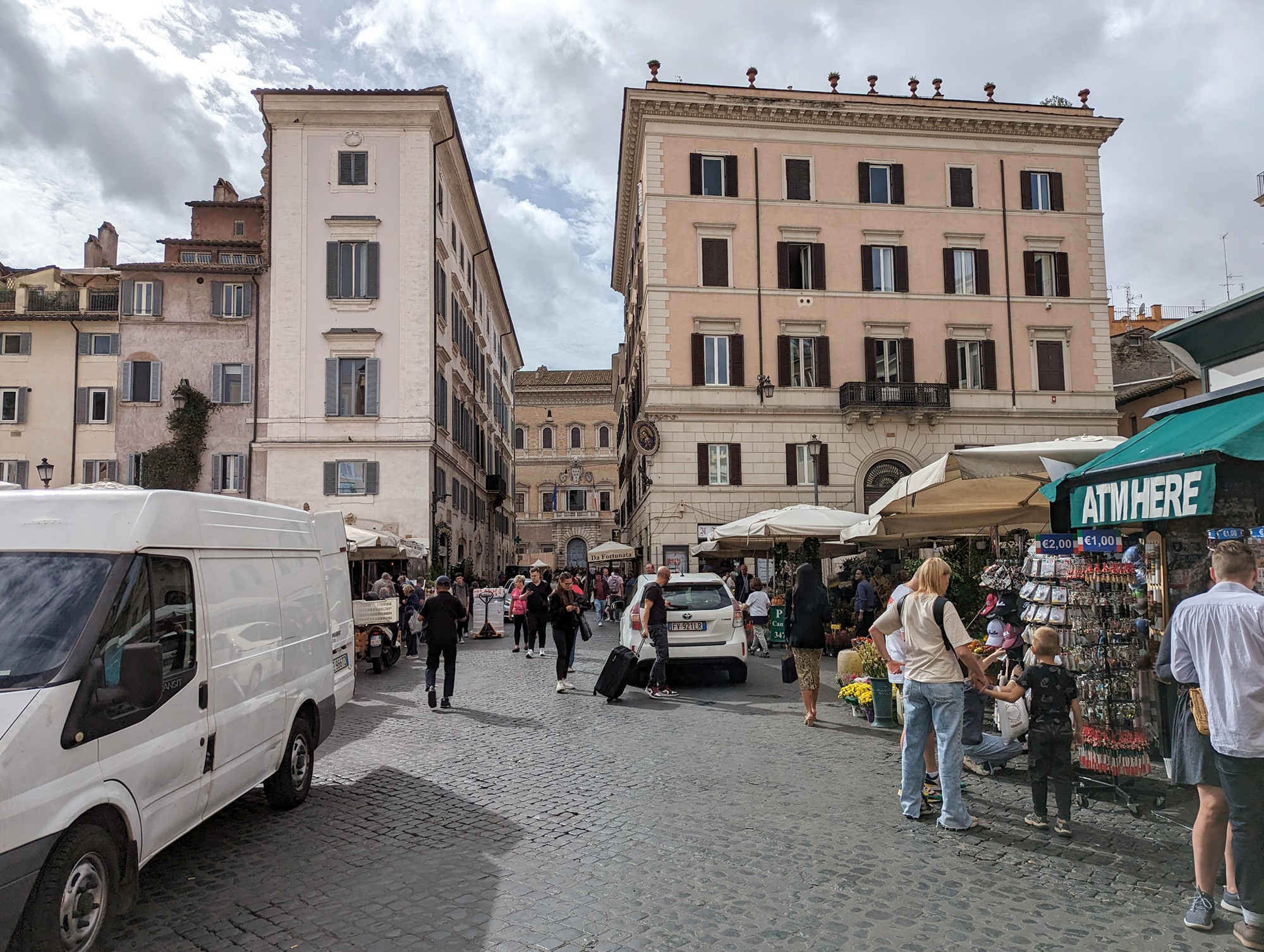

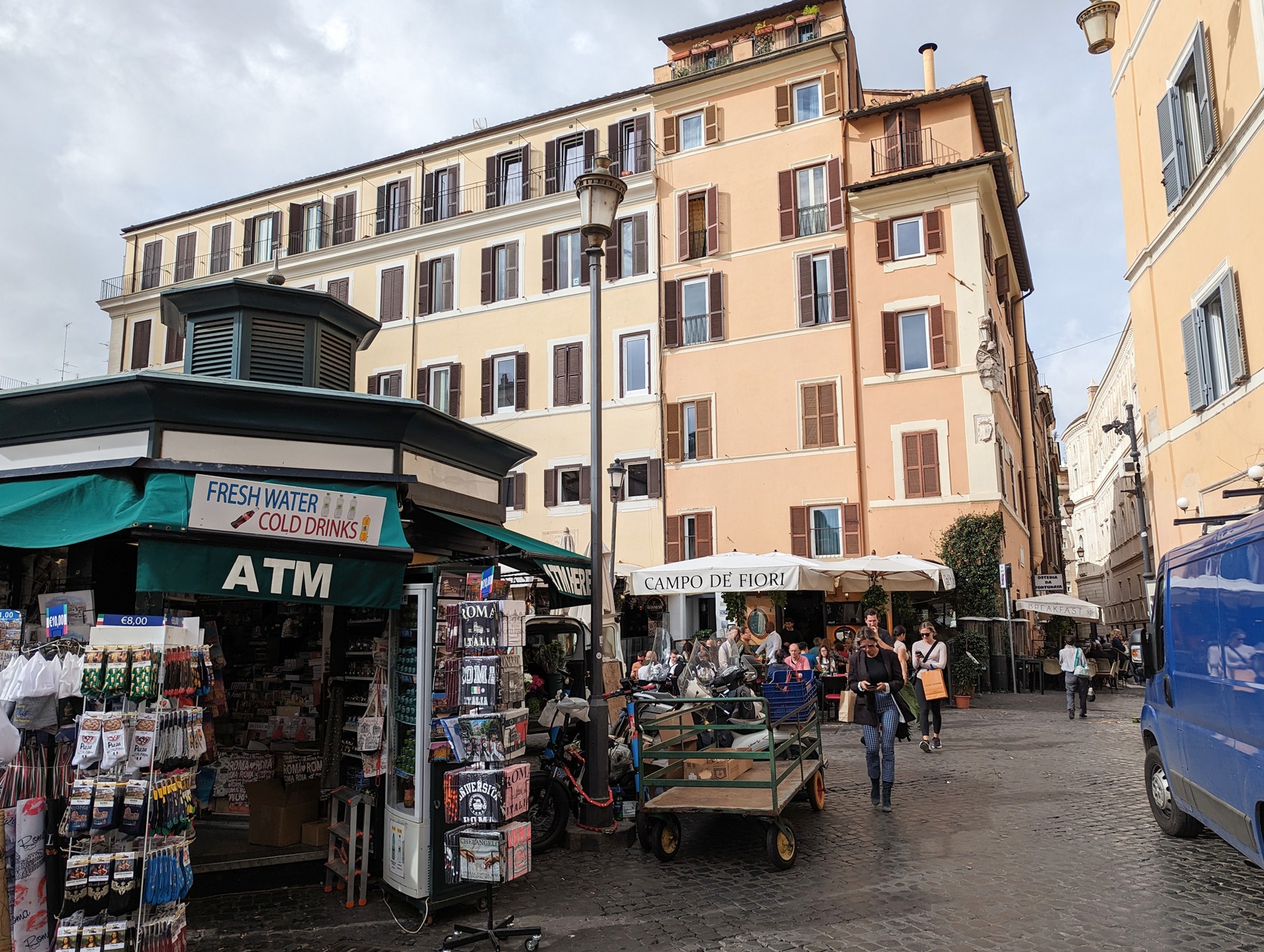
To the Piazza Navona, the next stop

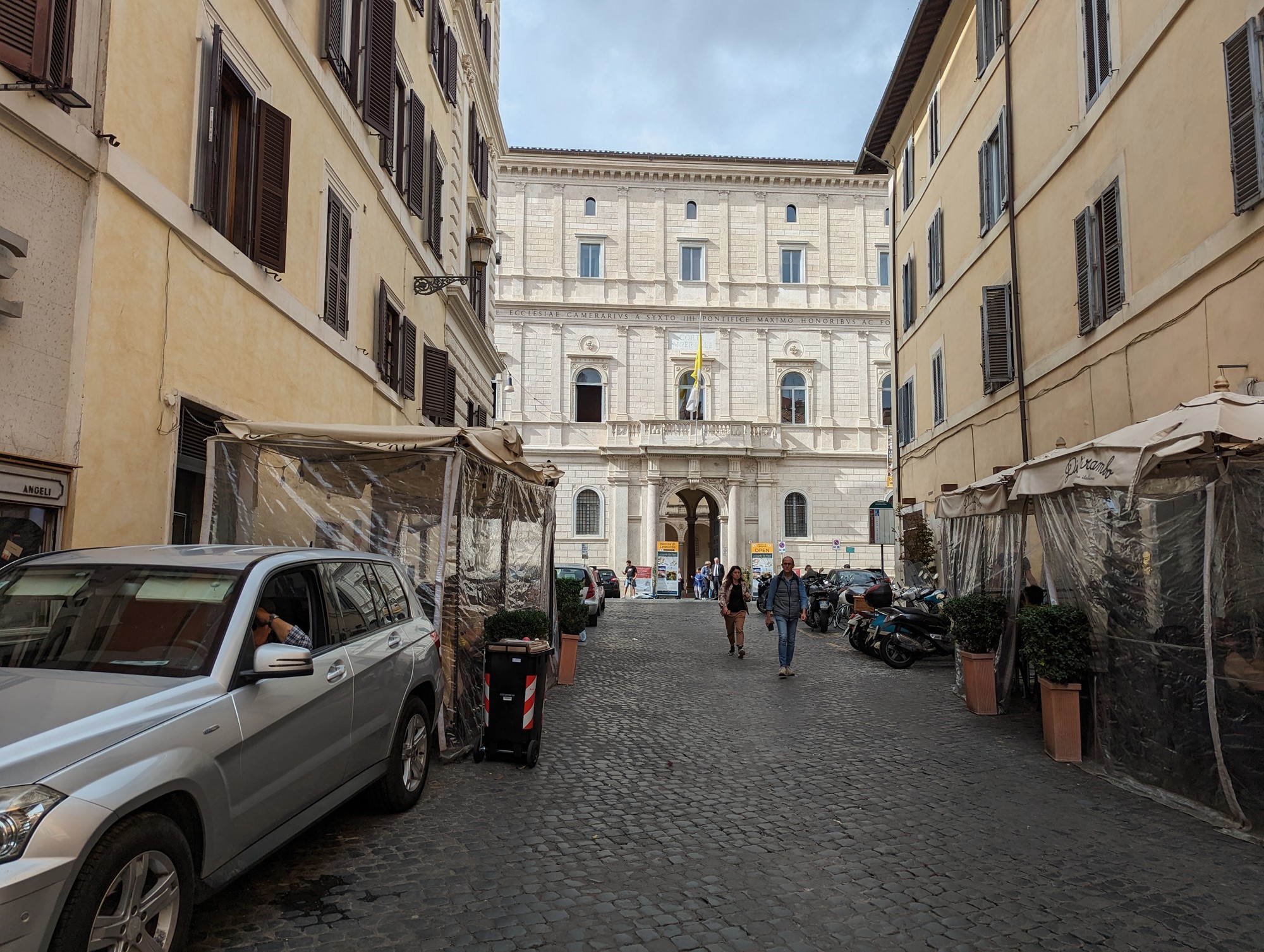

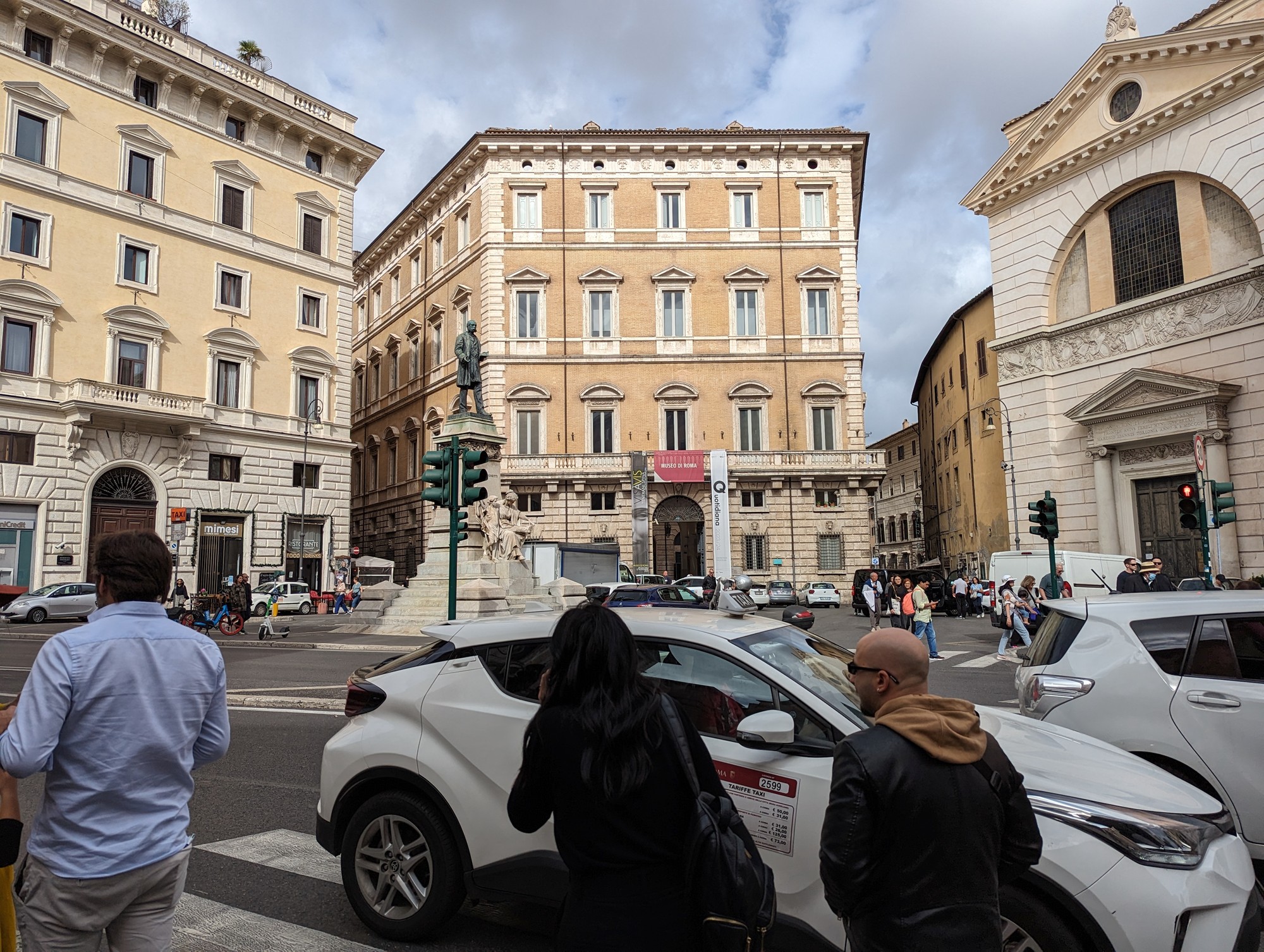
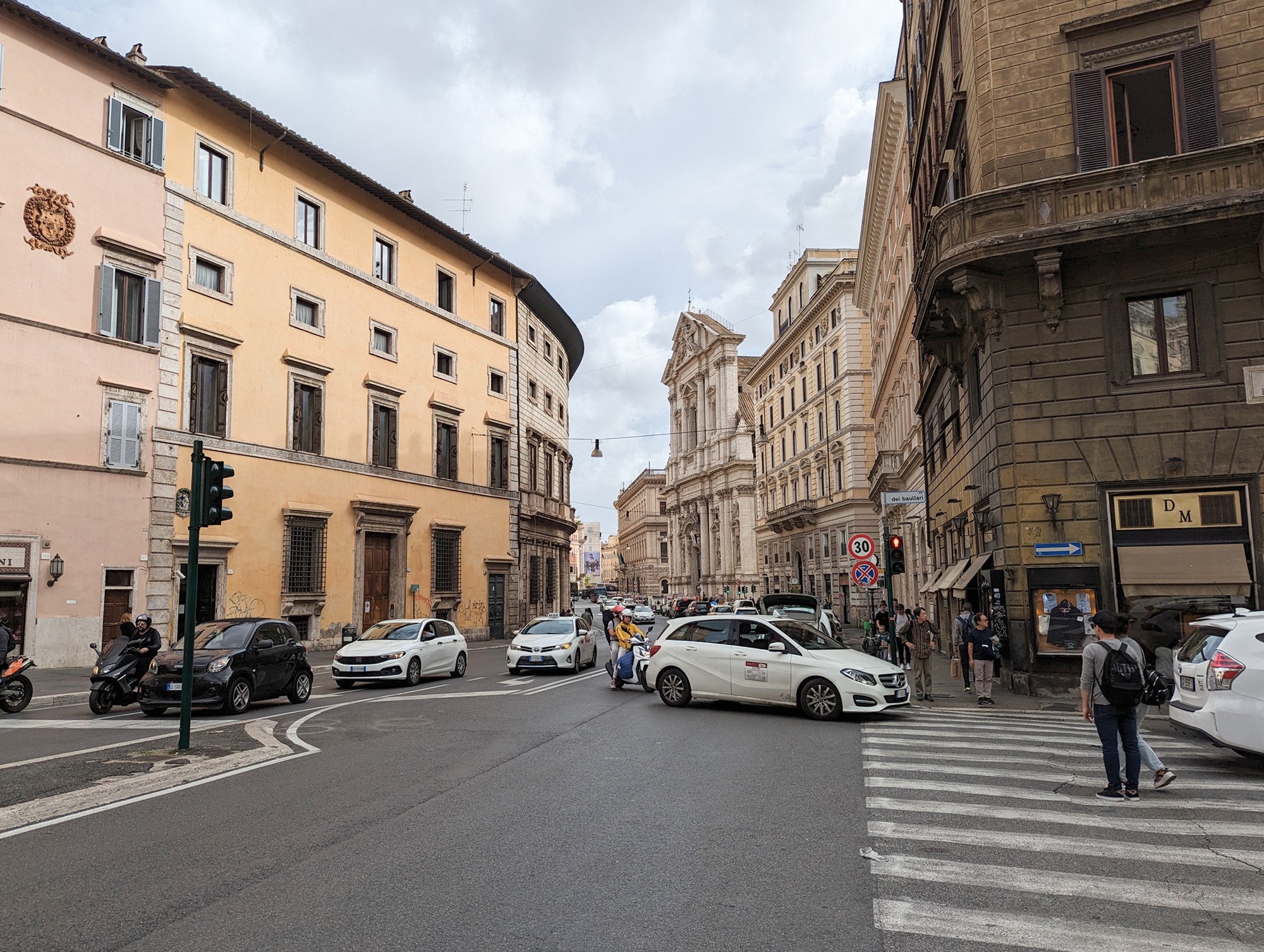
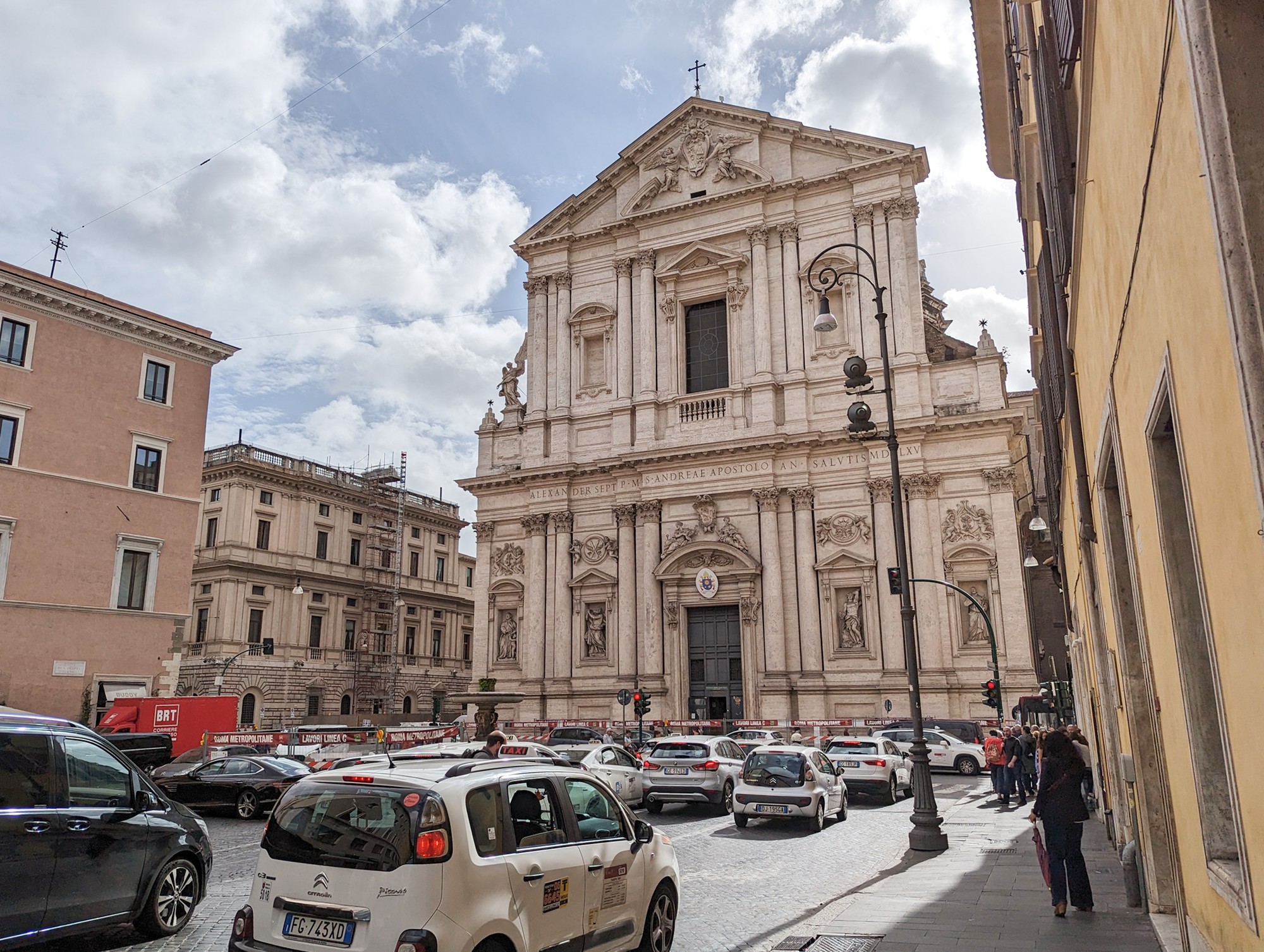
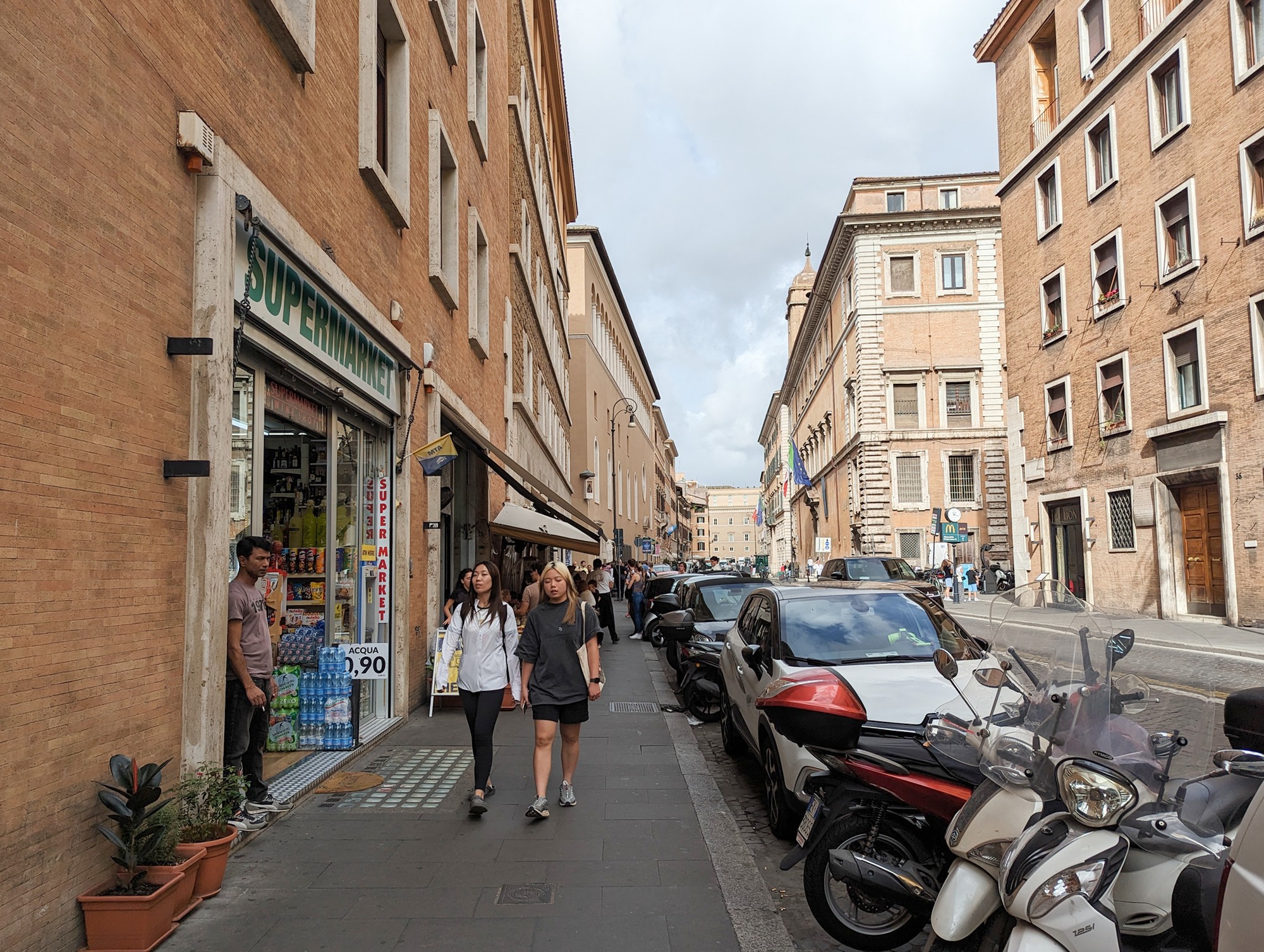
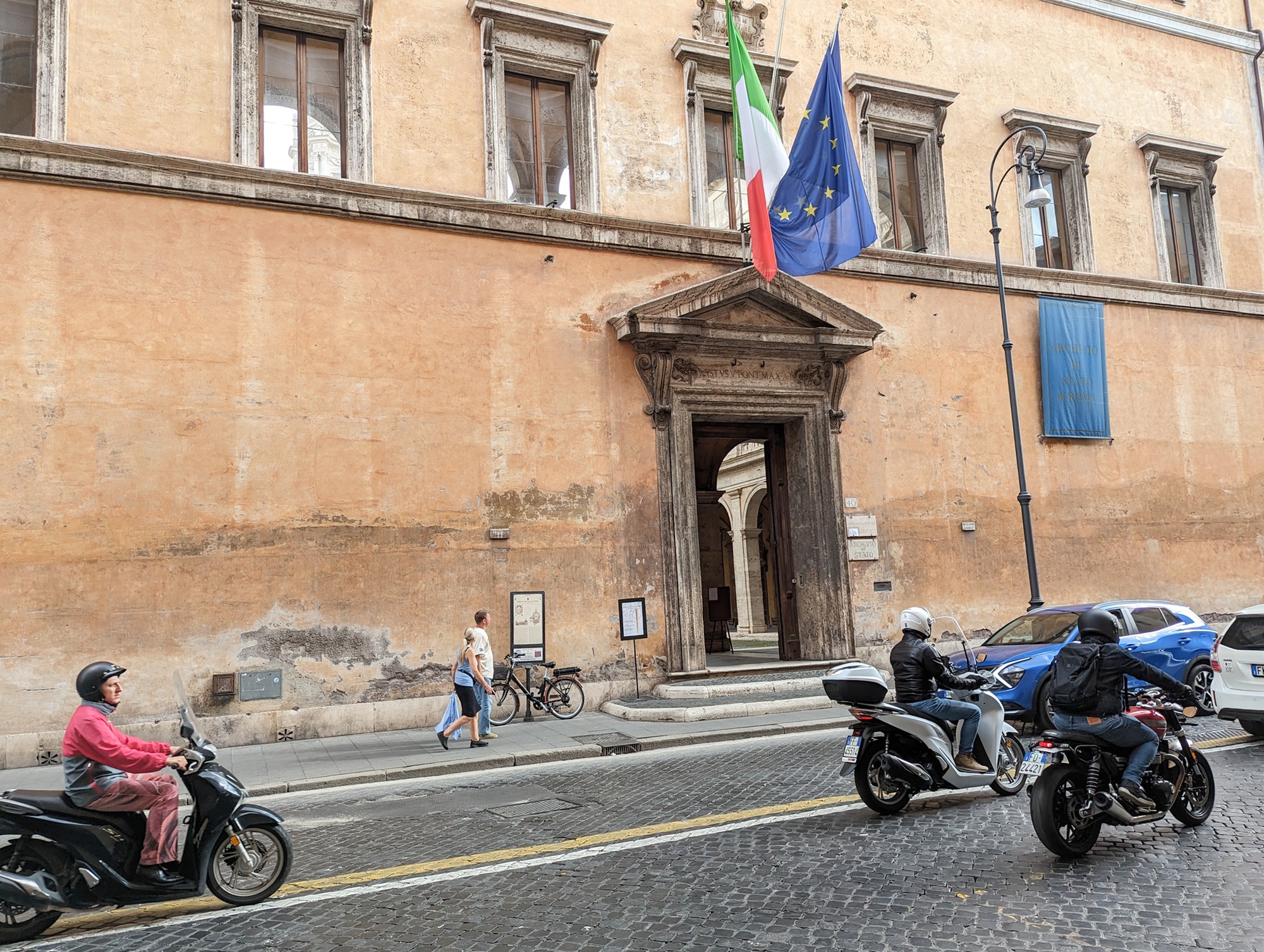
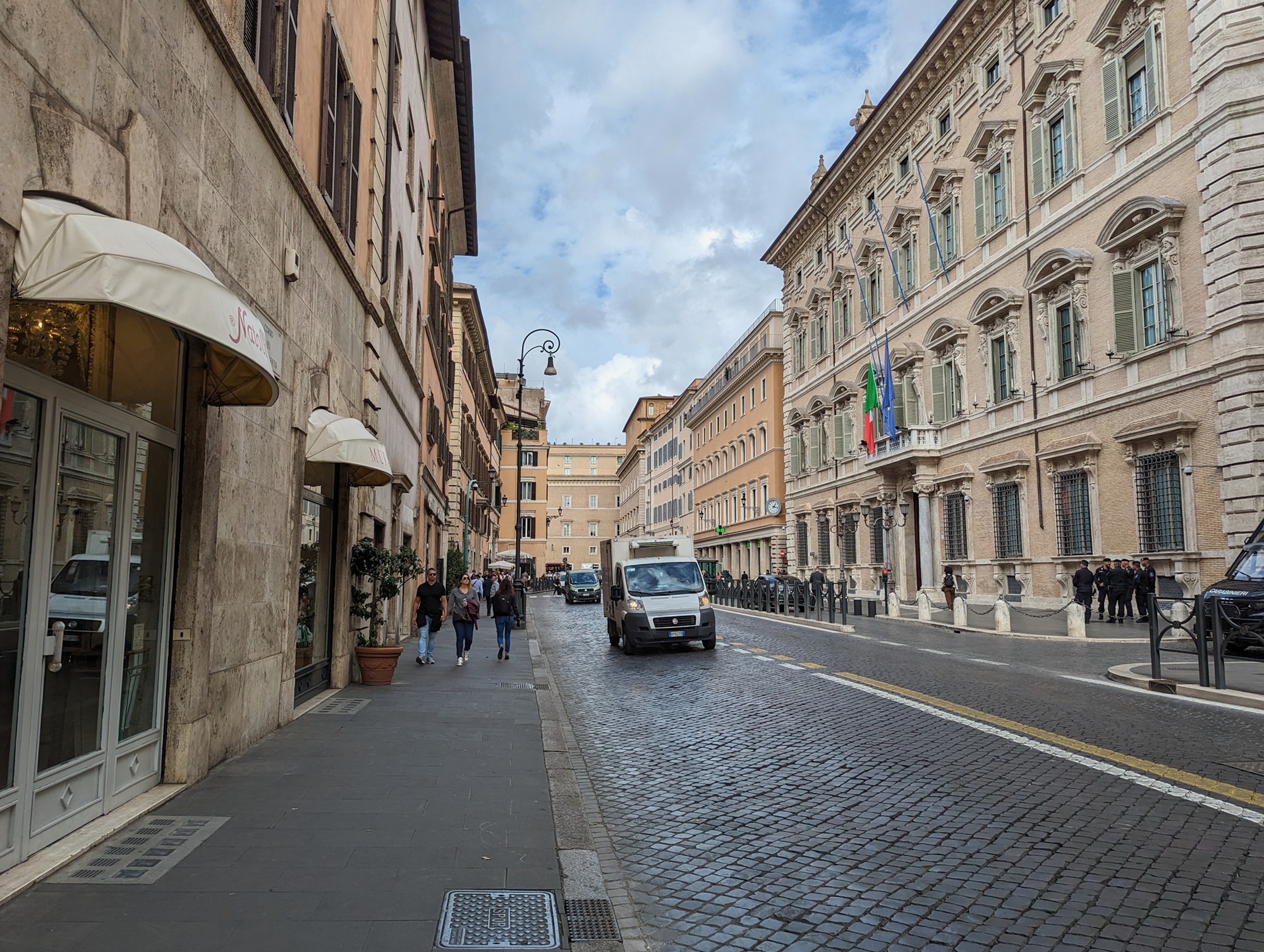

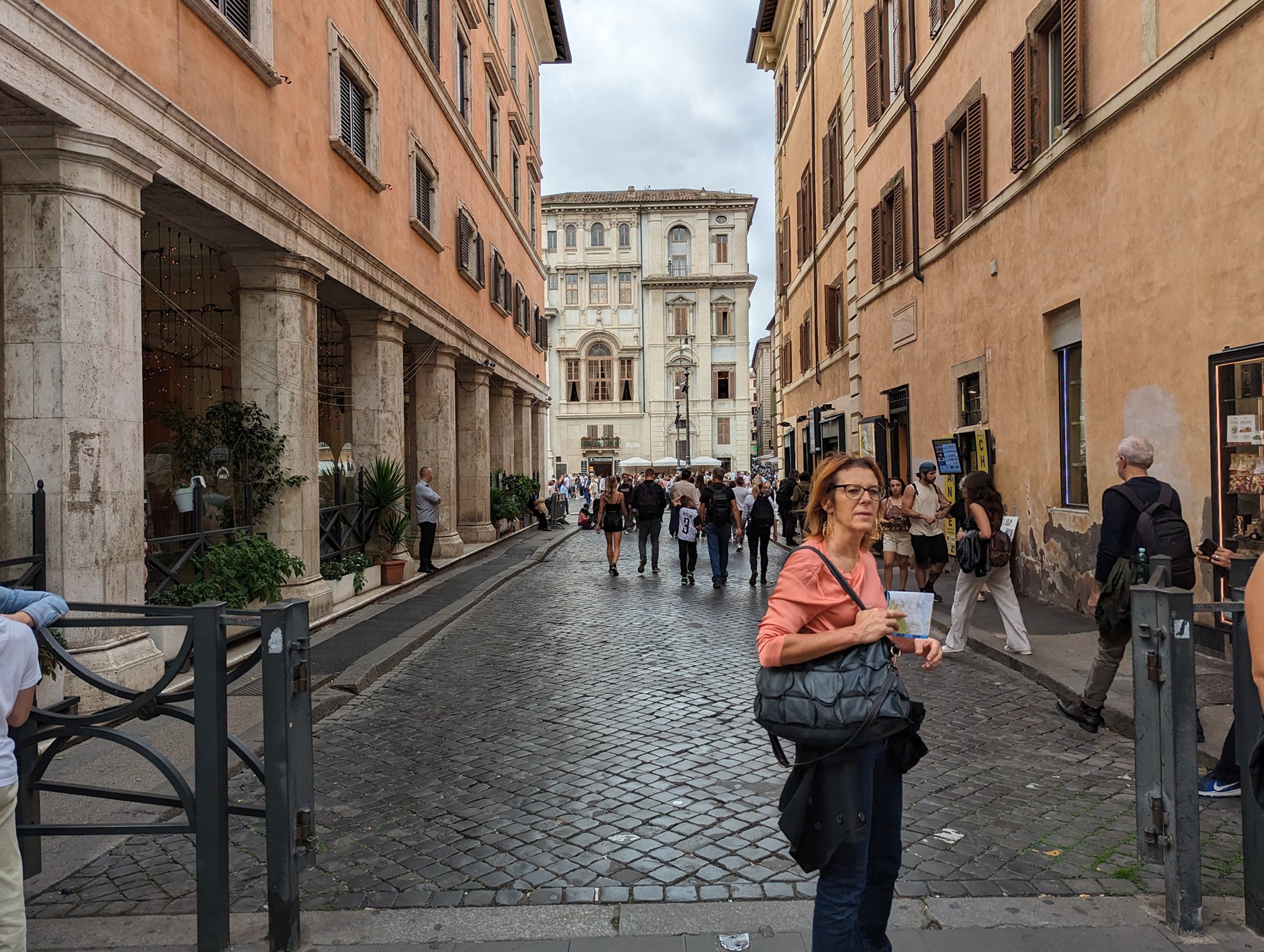

The Piazza Navona. Piazza Navona is one of the most famous and picturesque squares in Rome, Italy. It is located in the historic center of the city and is known for its beautiful Baroque architecture, fountains, and vibrant atmosphere.
The panoramic view
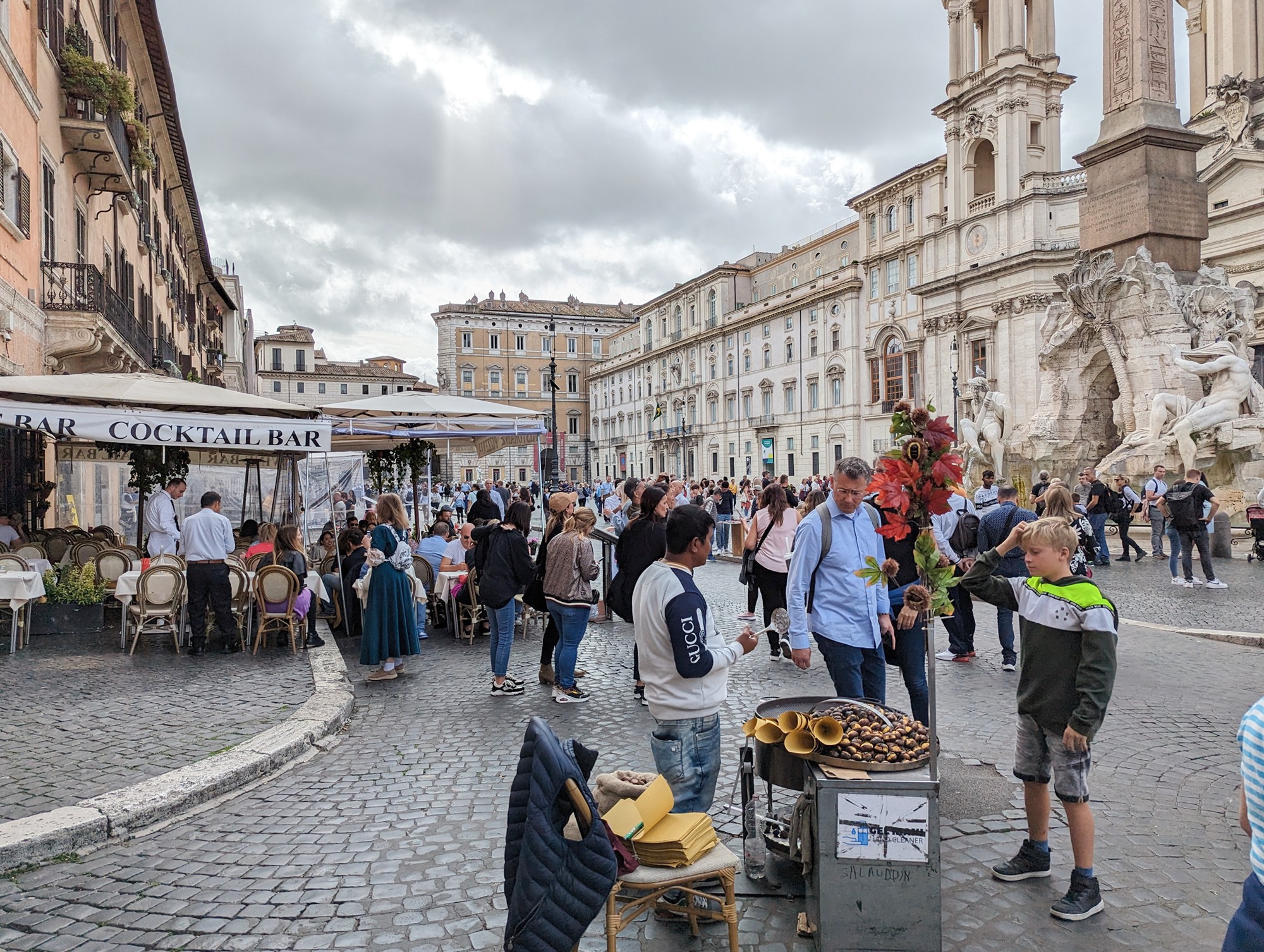
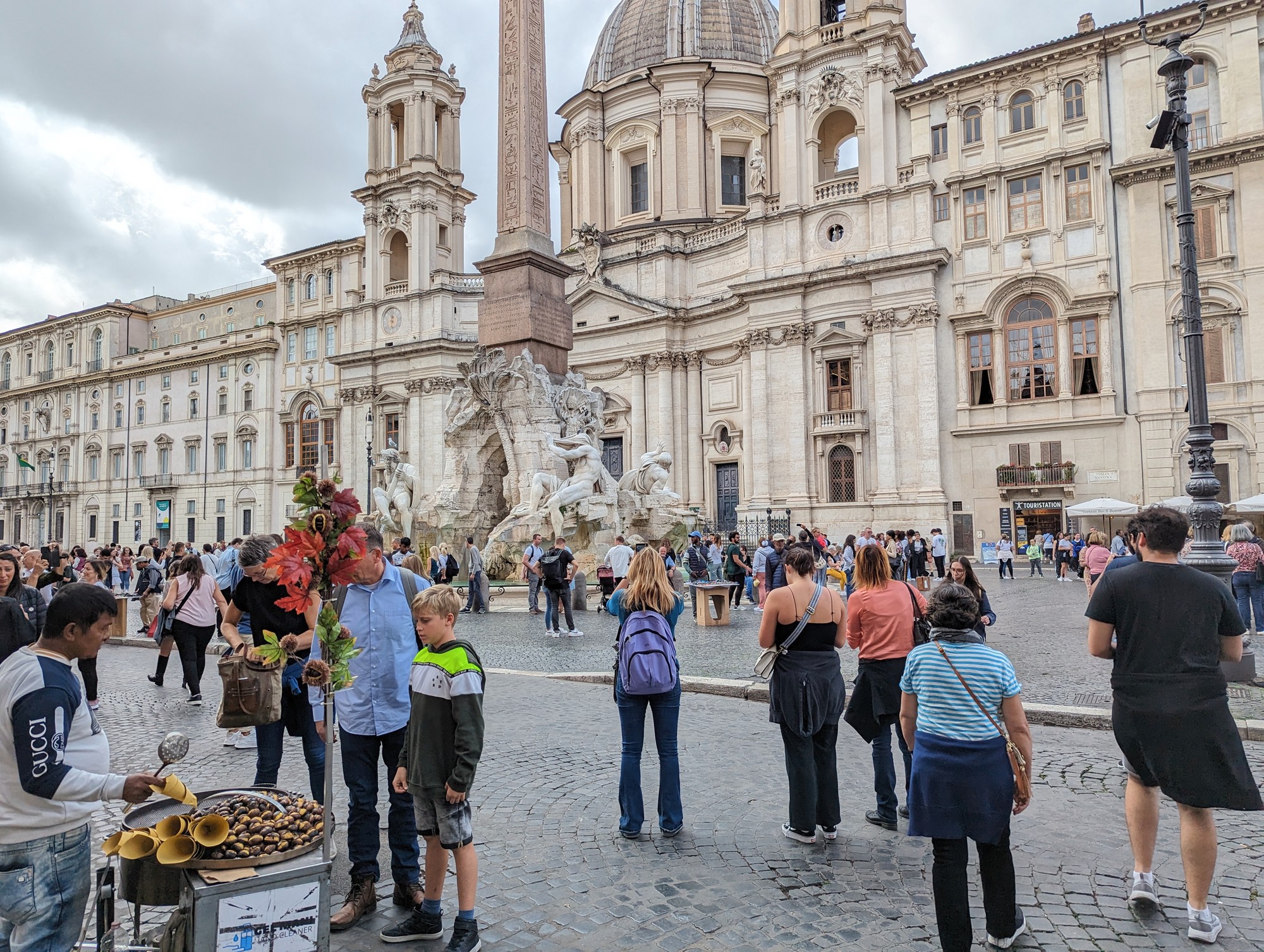
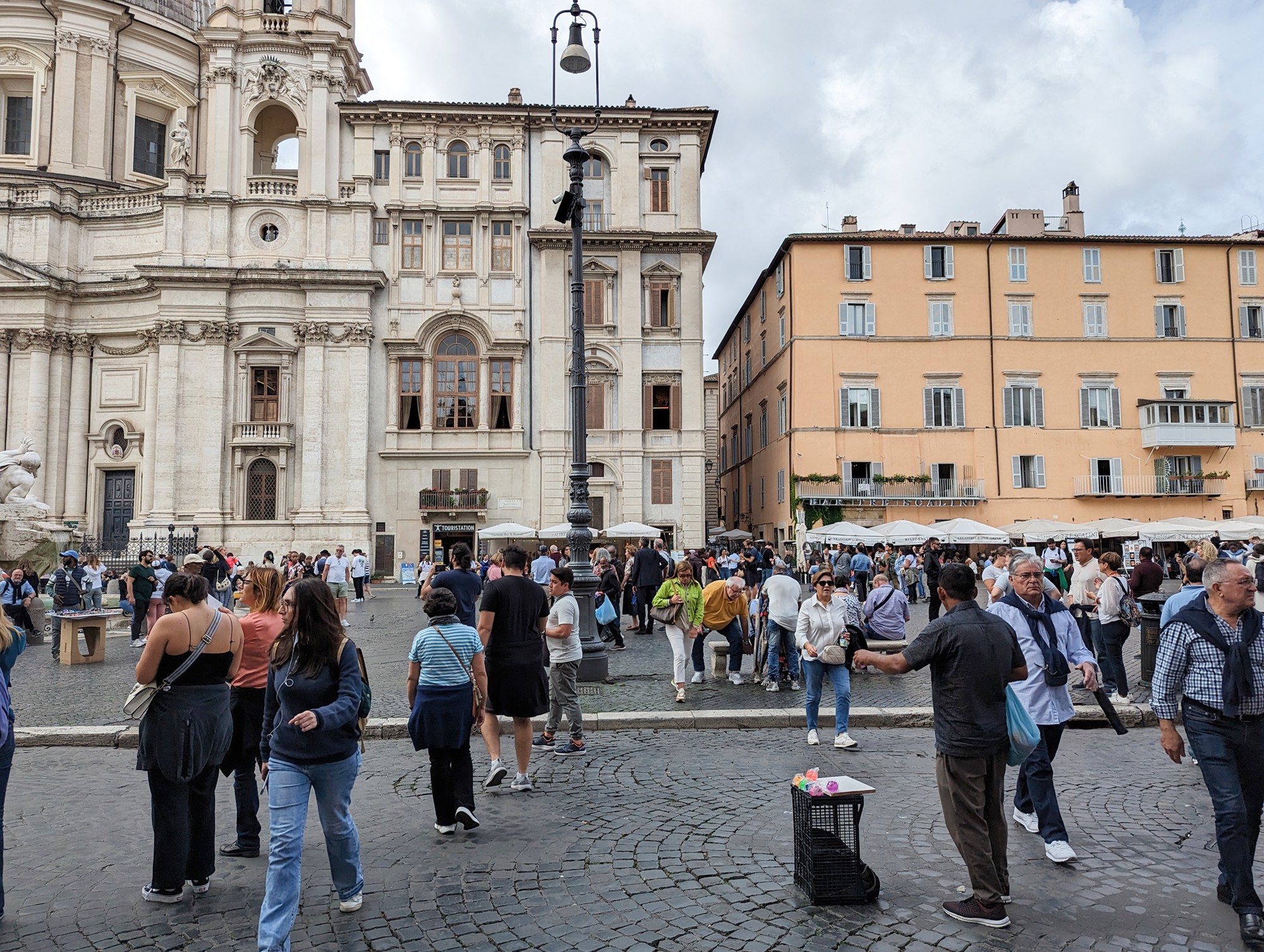
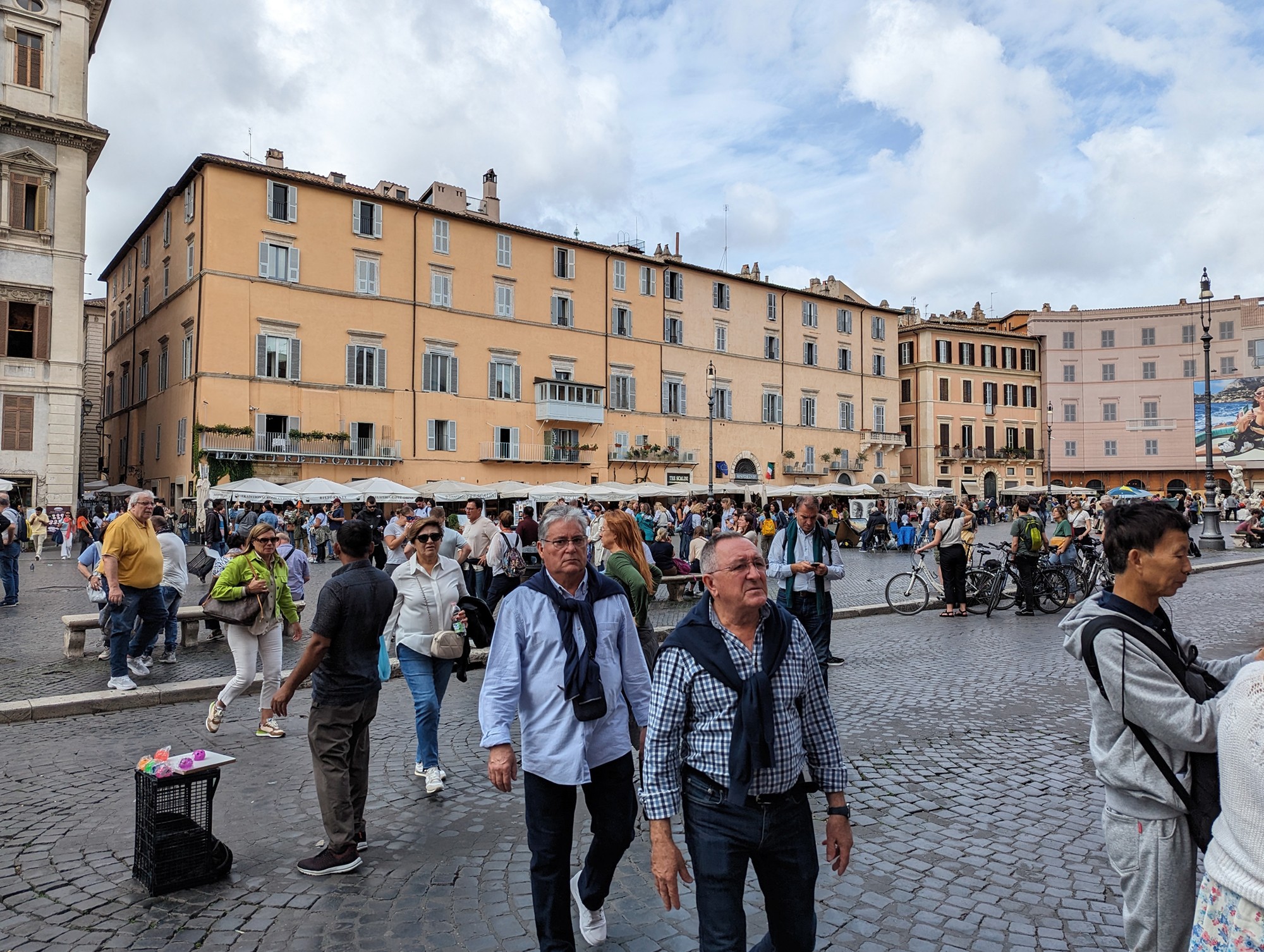
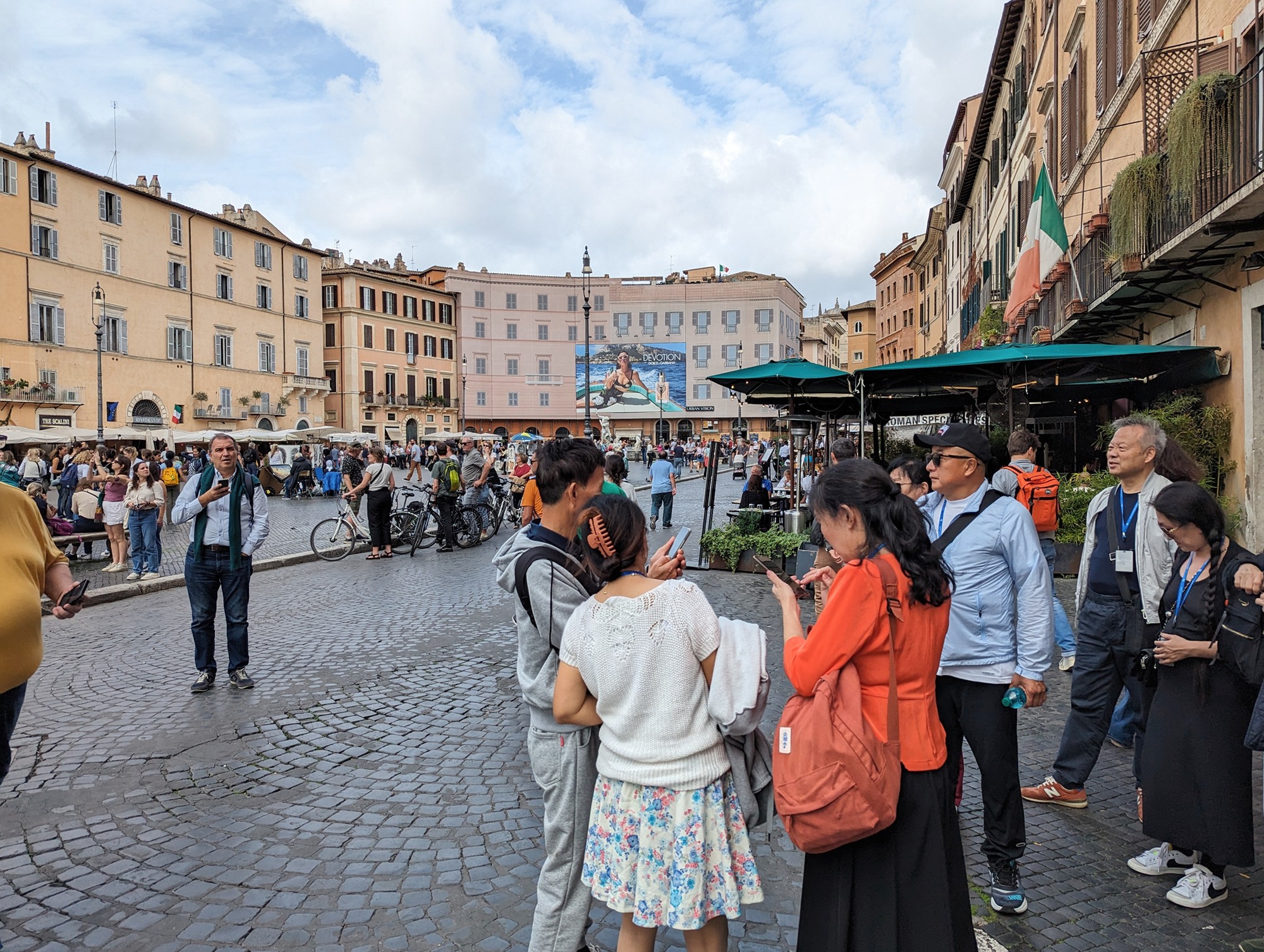
Piazza Navona is home to three notable fountains. The central and most famous one is the Fontana dei Quattro Fiumi (Fountain of the Four Rivers), designed by Gian Lorenzo Bernini. It represents four major rivers from the continents known at the time – the Nile, Ganges, Danube, and Rio de la Plata. Another fountain, the Fontana del Moro, is located at the southern end of the square, and the Fontana del Nettuno is at the northern end.

One side
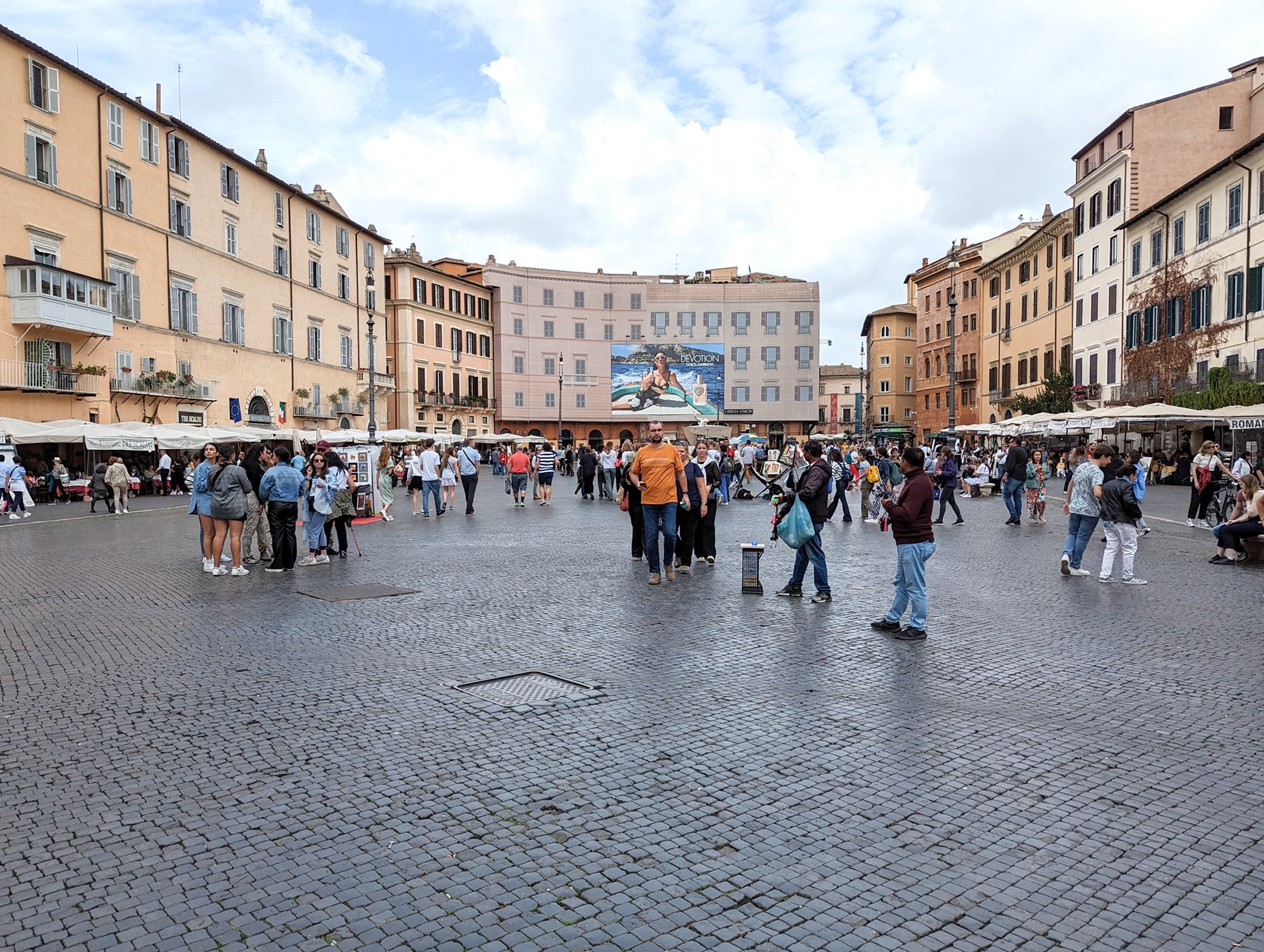
and the opposite side. In the center of Piazza Navona stands an ancient Egyptian obelisk, known as the Obelisco Agonale. It was originally part of the Circus of Maxentius and was later moved to the center of the square by Pope Innocent X.
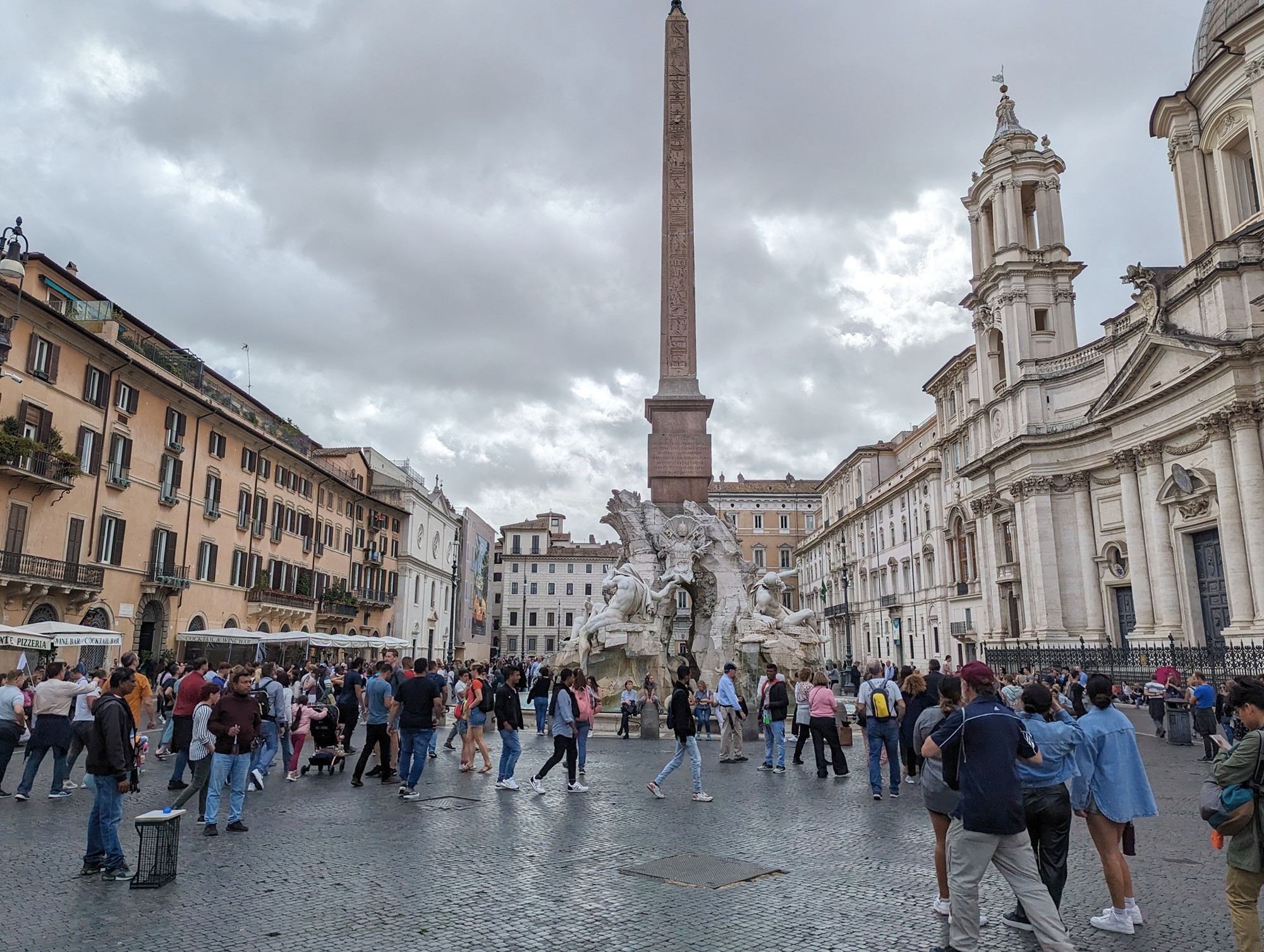

Exiting from the plaza. The next stop is the Pantheon
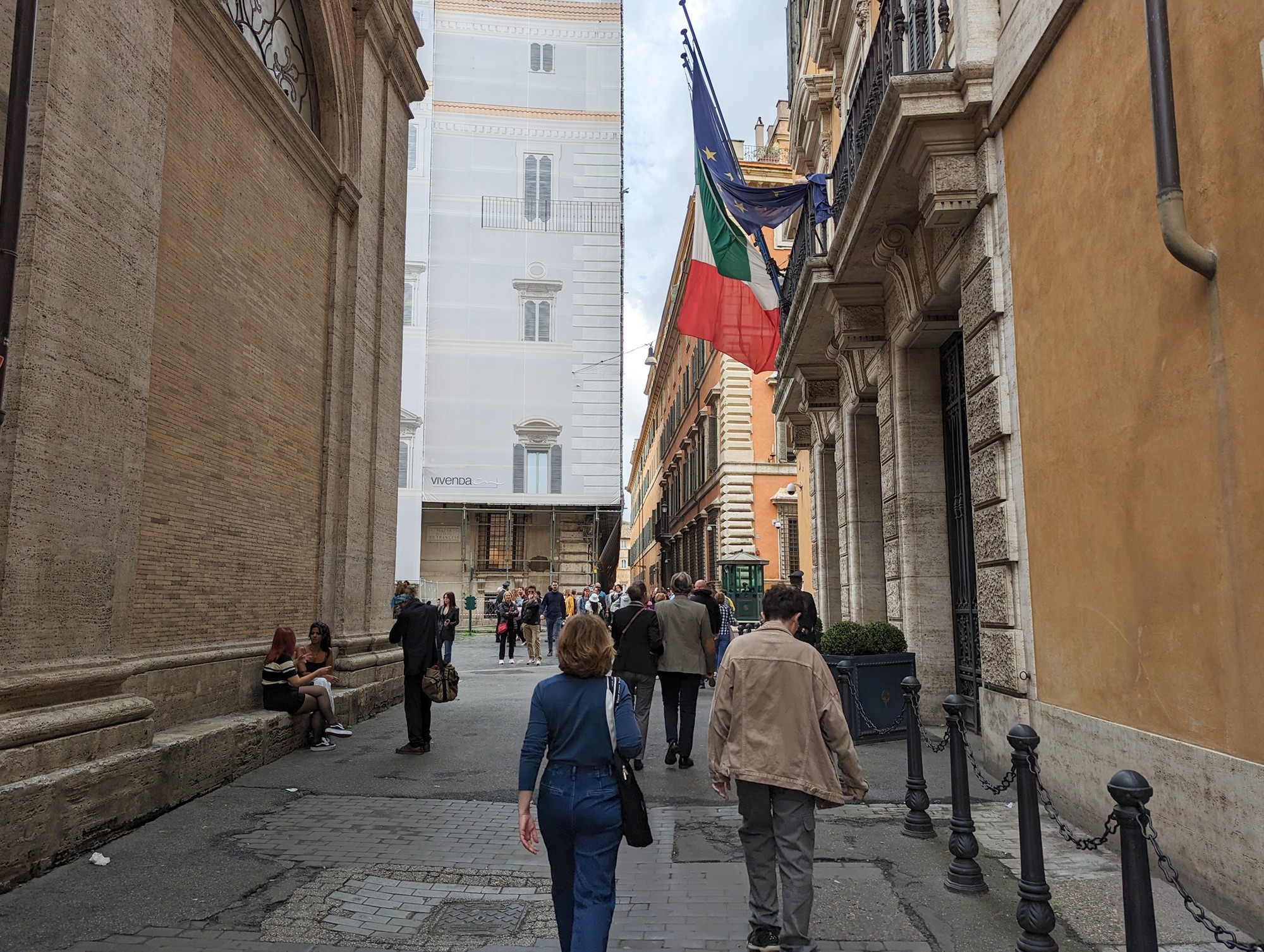
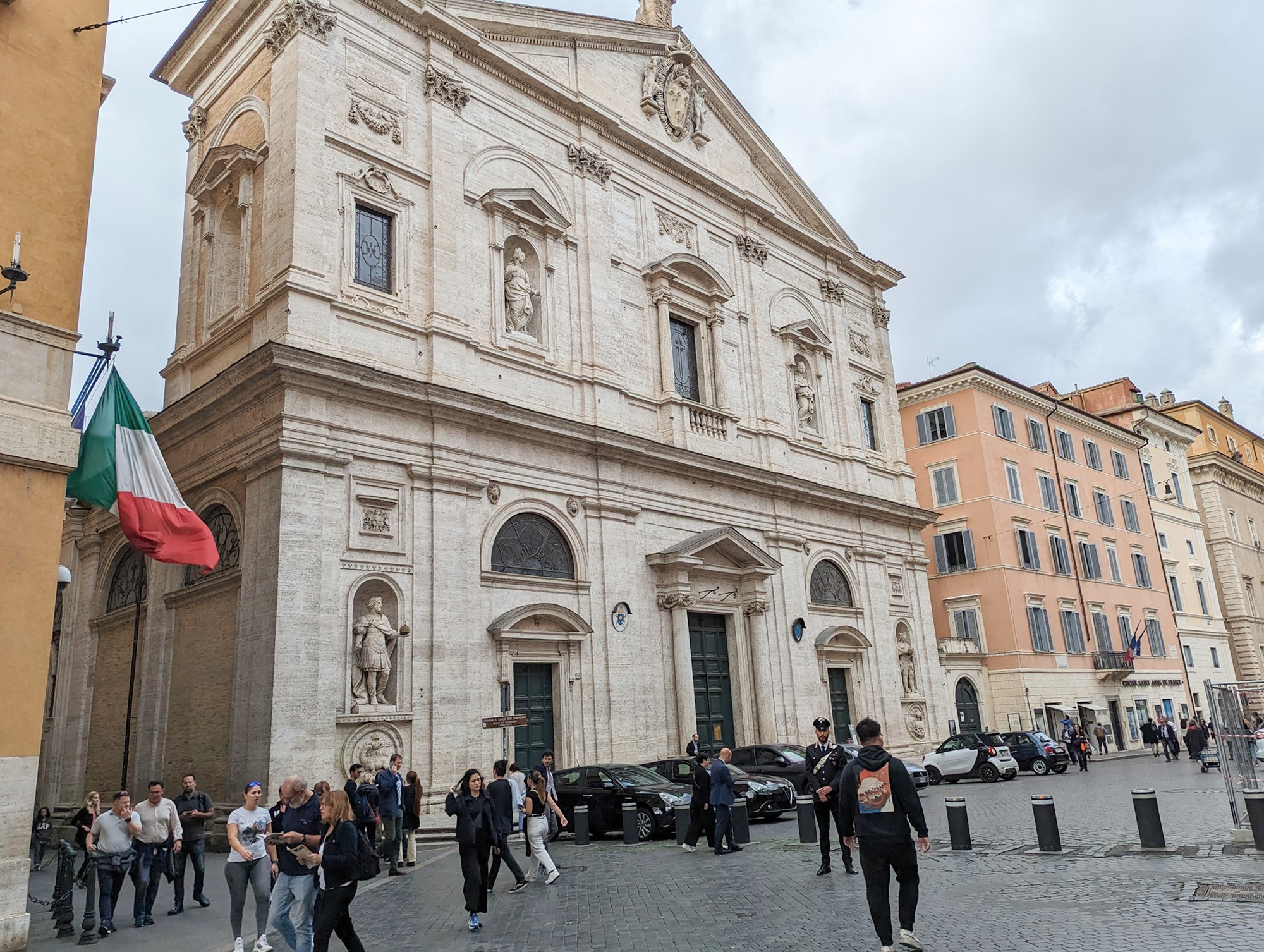
Panoramic view of the Pantheon. The term “Pantheon” is derived from the Greek words “pan,” meaning “all,” and “theos,” meaning “gods.” Thus, the Pantheon is often translated as the “Temple of All the Gods.”

The Pantheon is renowned for its remarkable architectural design, particularly its large dome with an open oculus (circular opening) at the top. The dome is a perfect hemisphere, and the oculus serves as the primary source of natural light. The building is a prime example of ancient Roman engineering and is considered one of the best-preserved Roman structures.


The next stop is the Trevi Fountain
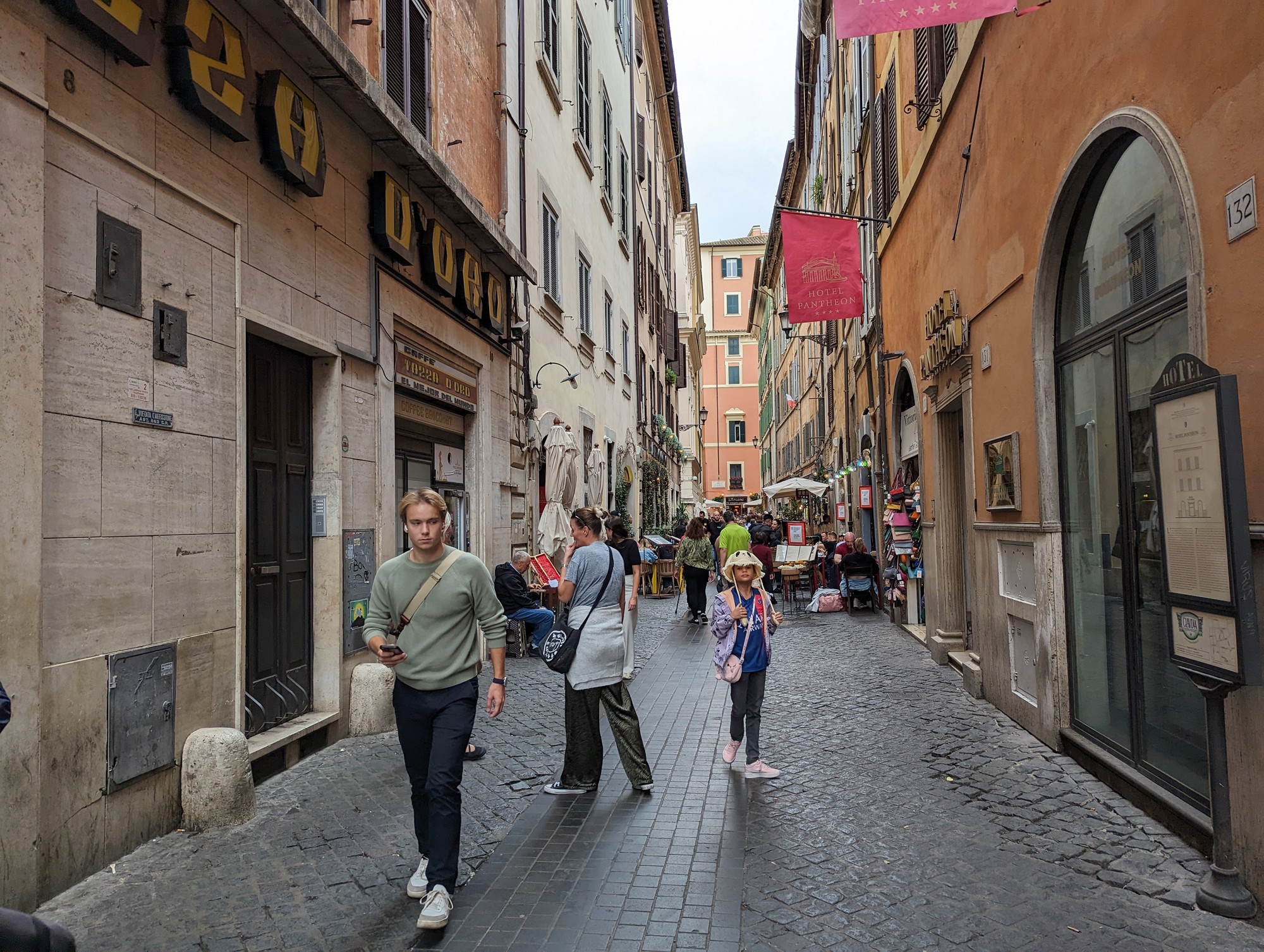
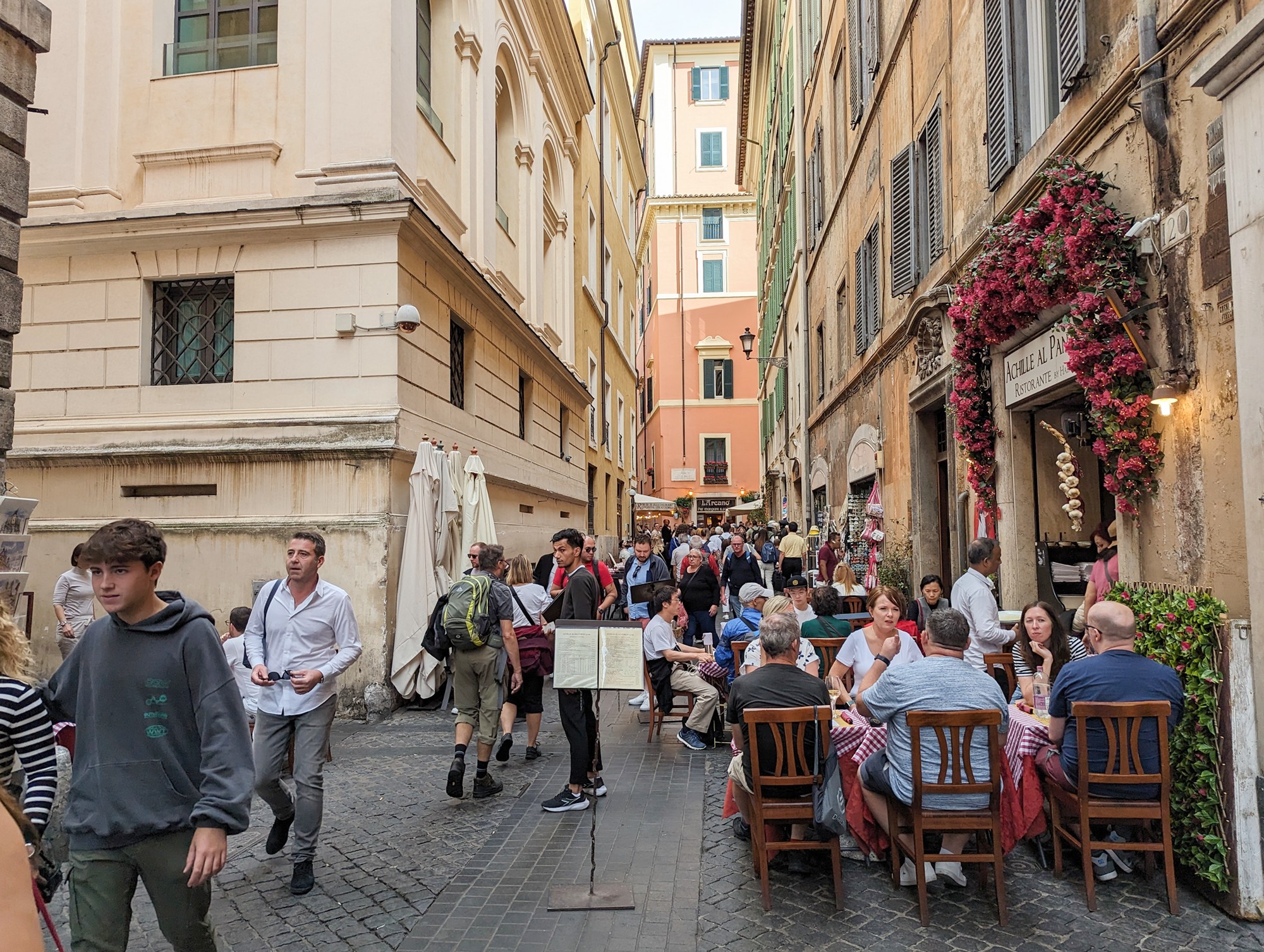
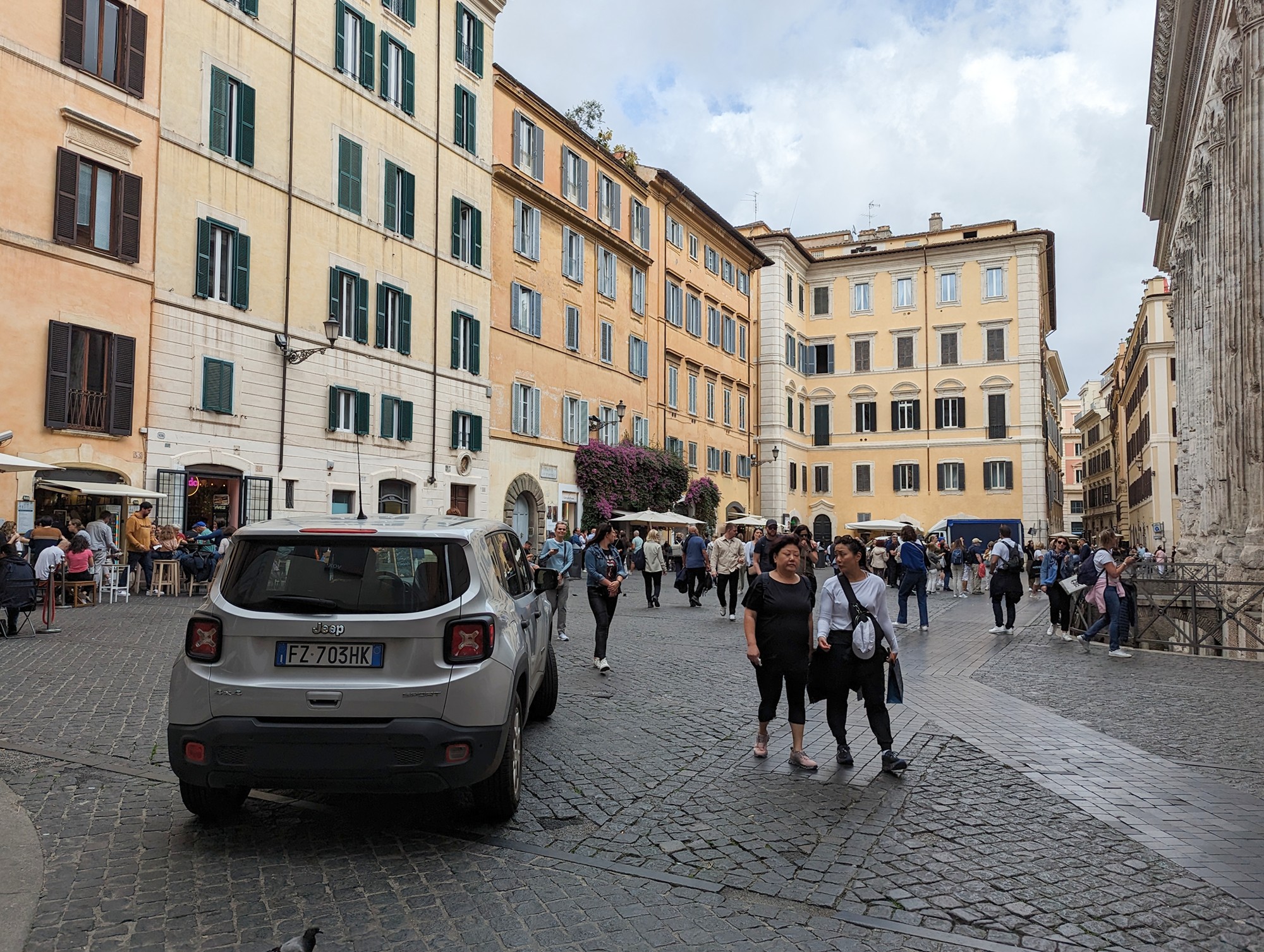
Il Tempio di Adriano. The Roman temple from 145 AD with 11 Corinthian columns standing, now facade of Rome’s stock exchange.
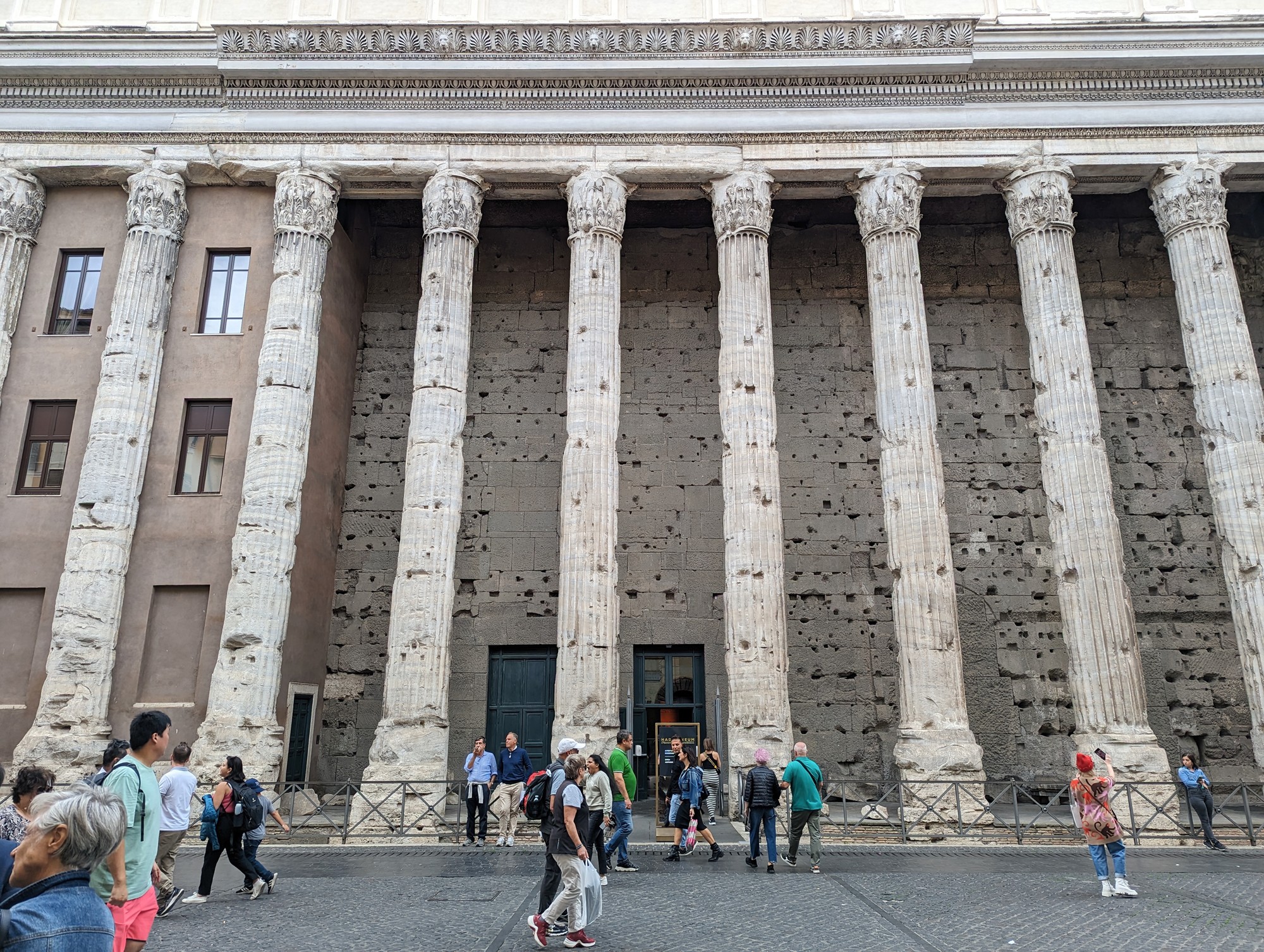
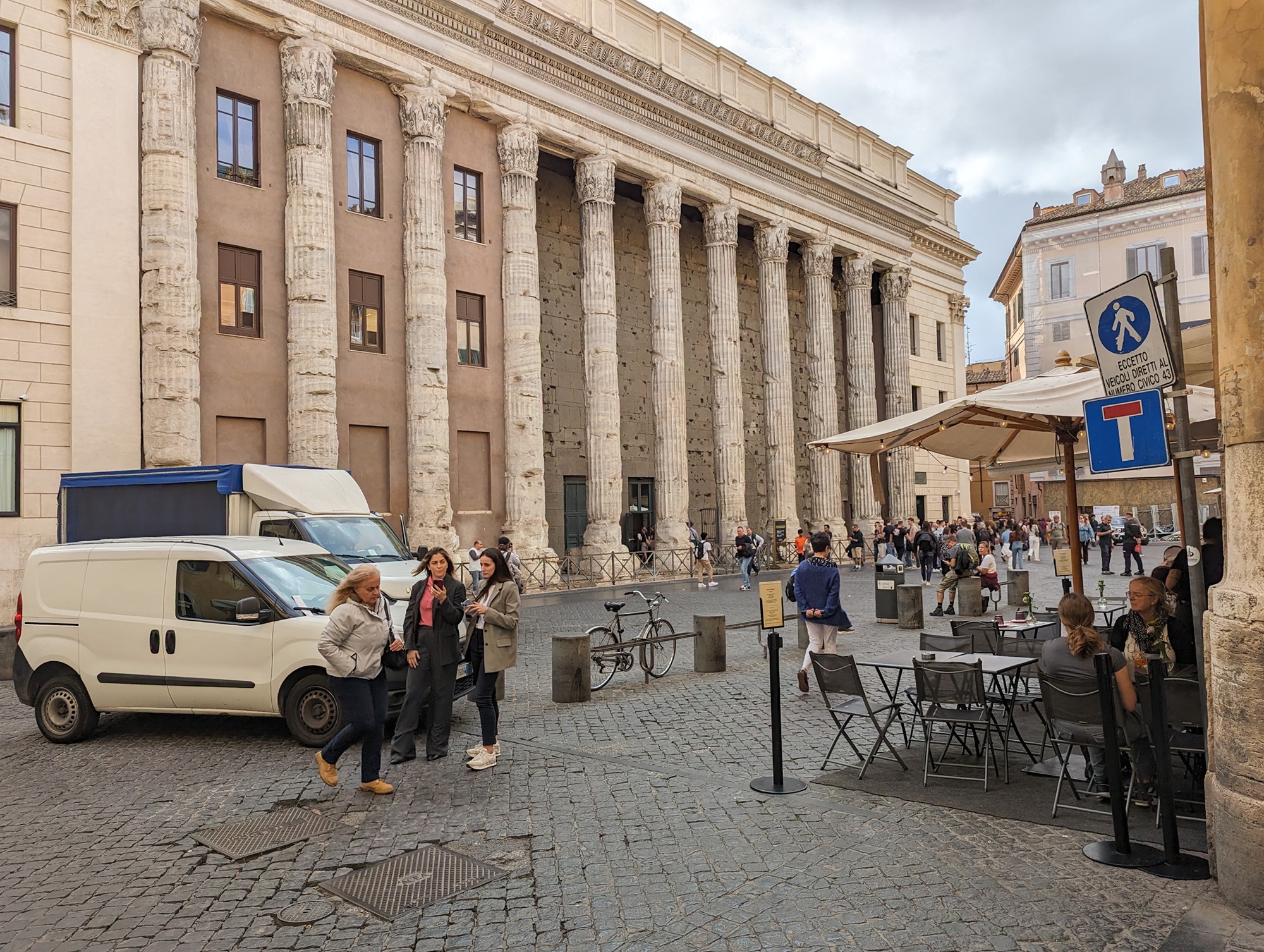
Piazza Colonna. The name “Piazza Colonna” translates to “Column Square” in English. The square is known for the Column of Marcus Aurelius, a prominent ancient Roman column located at its center.
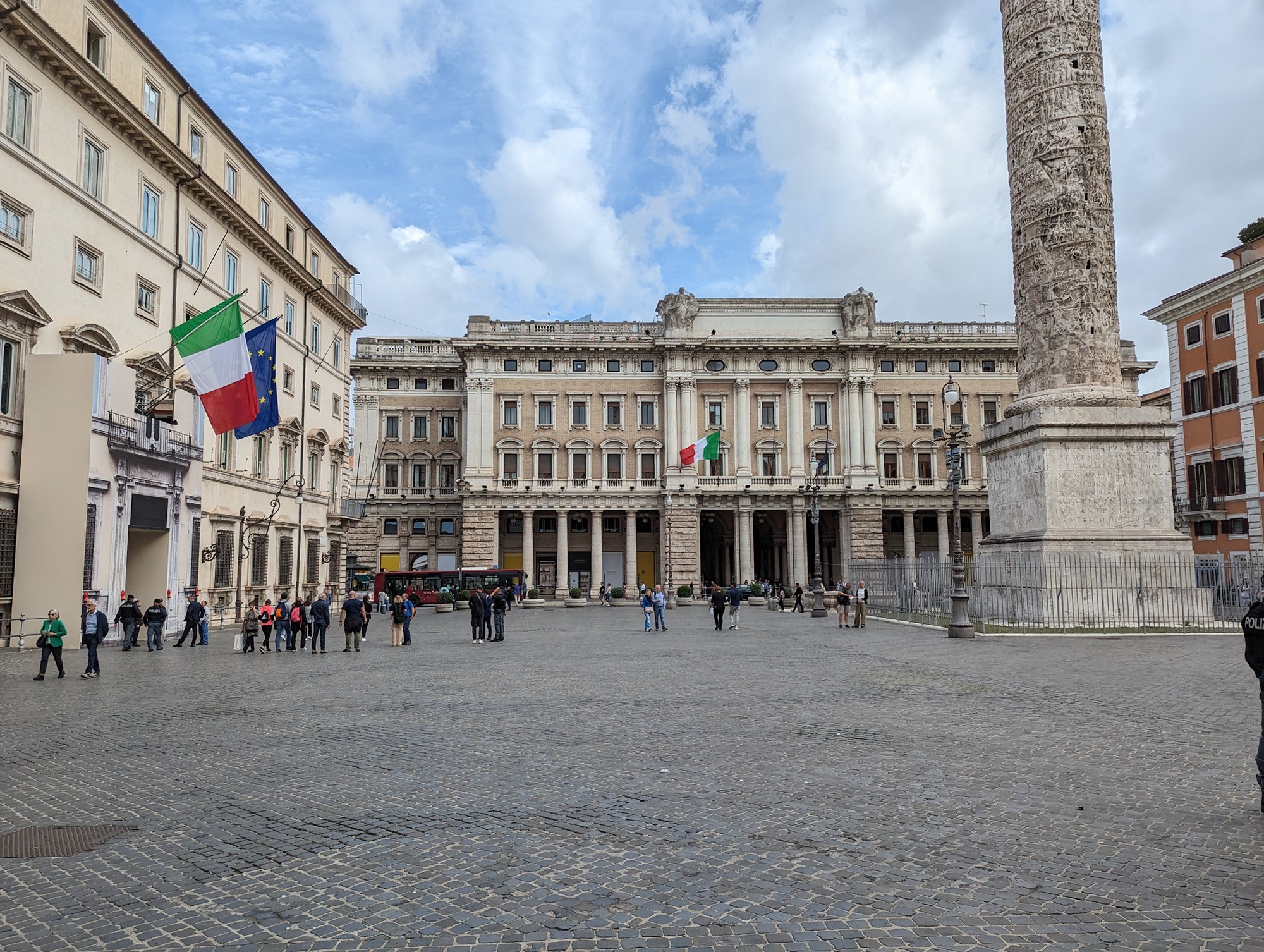
The next piazza is Piazza di Monte Citorio
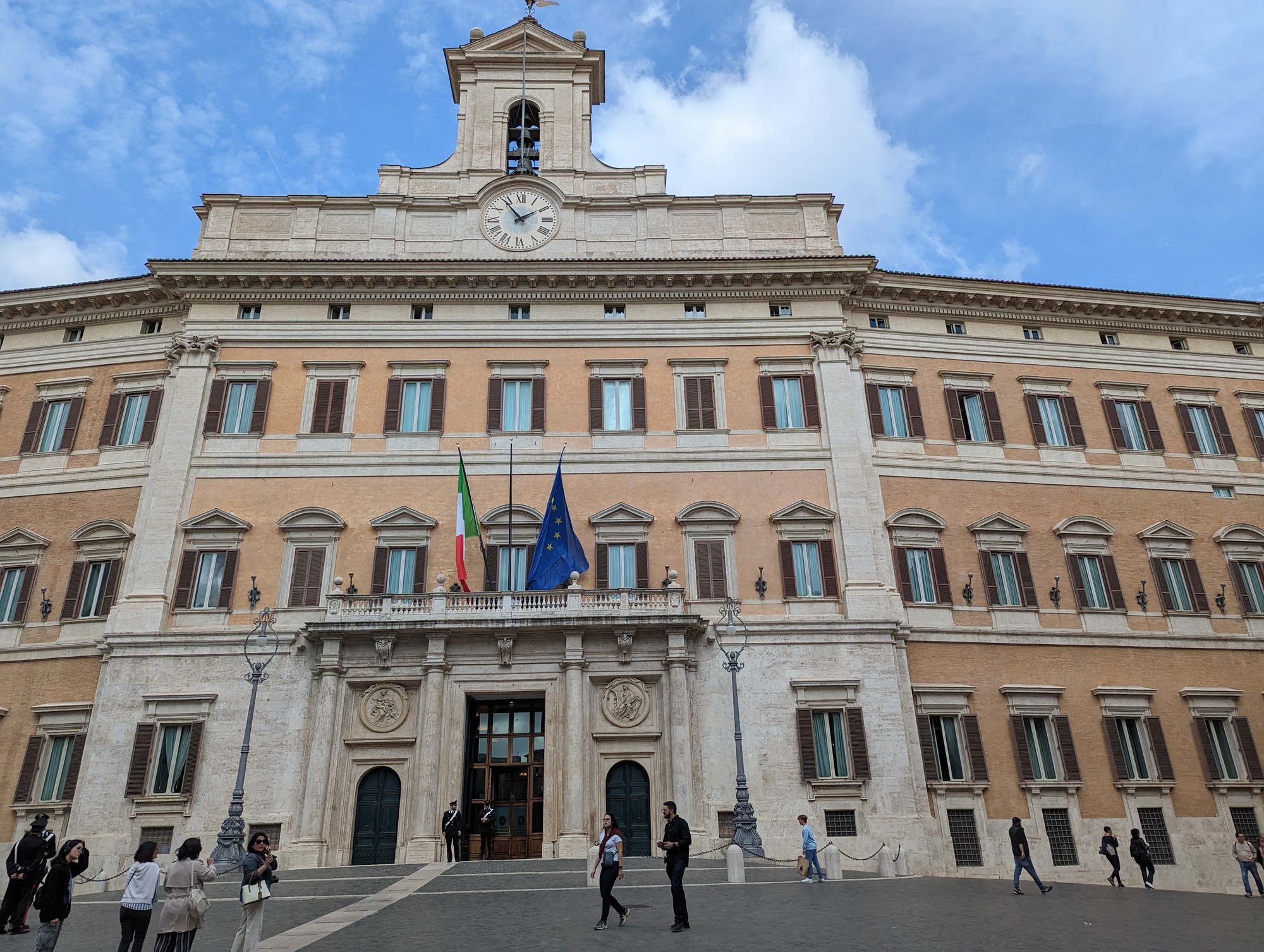
To Piazza Colonna again
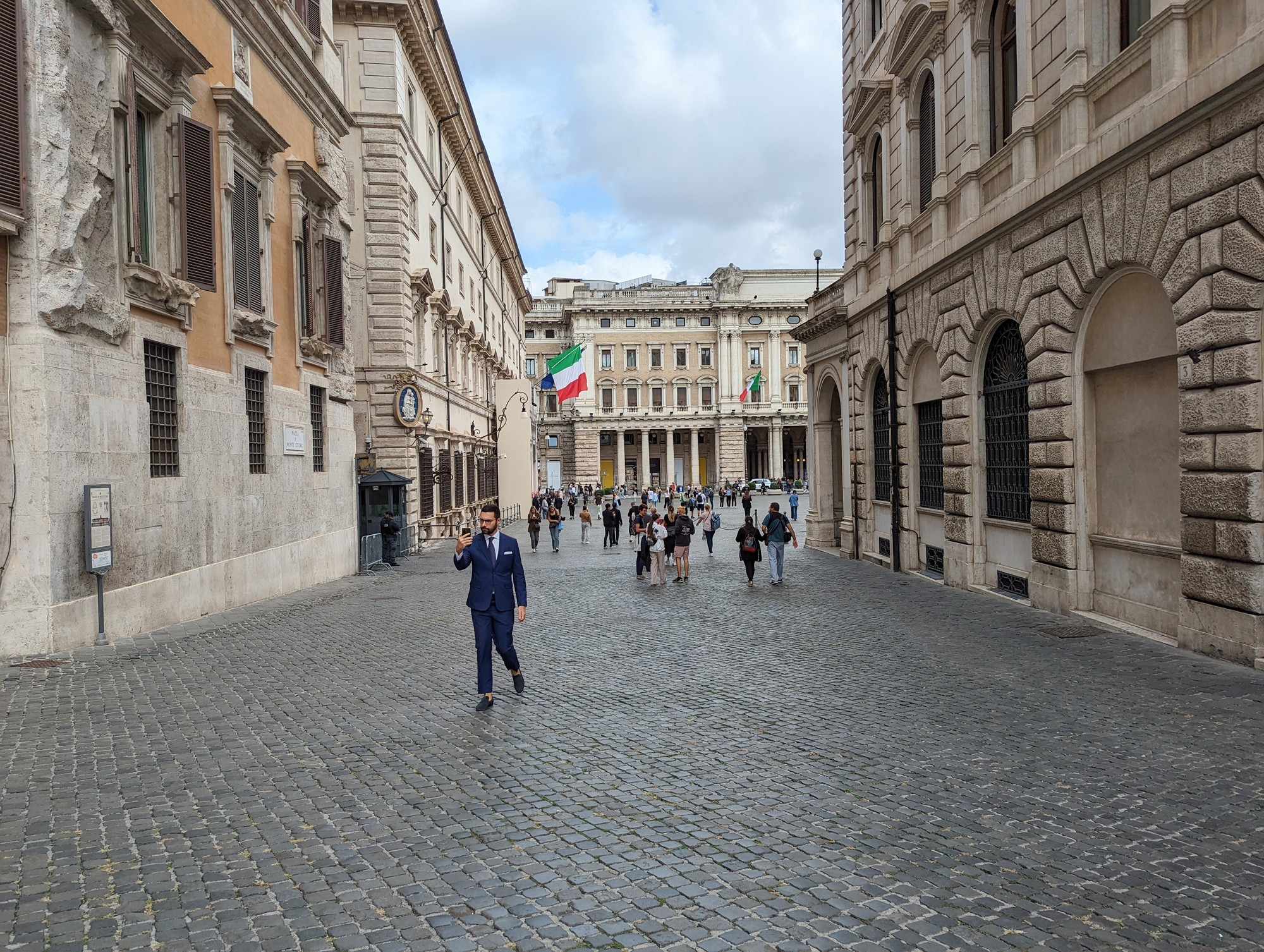
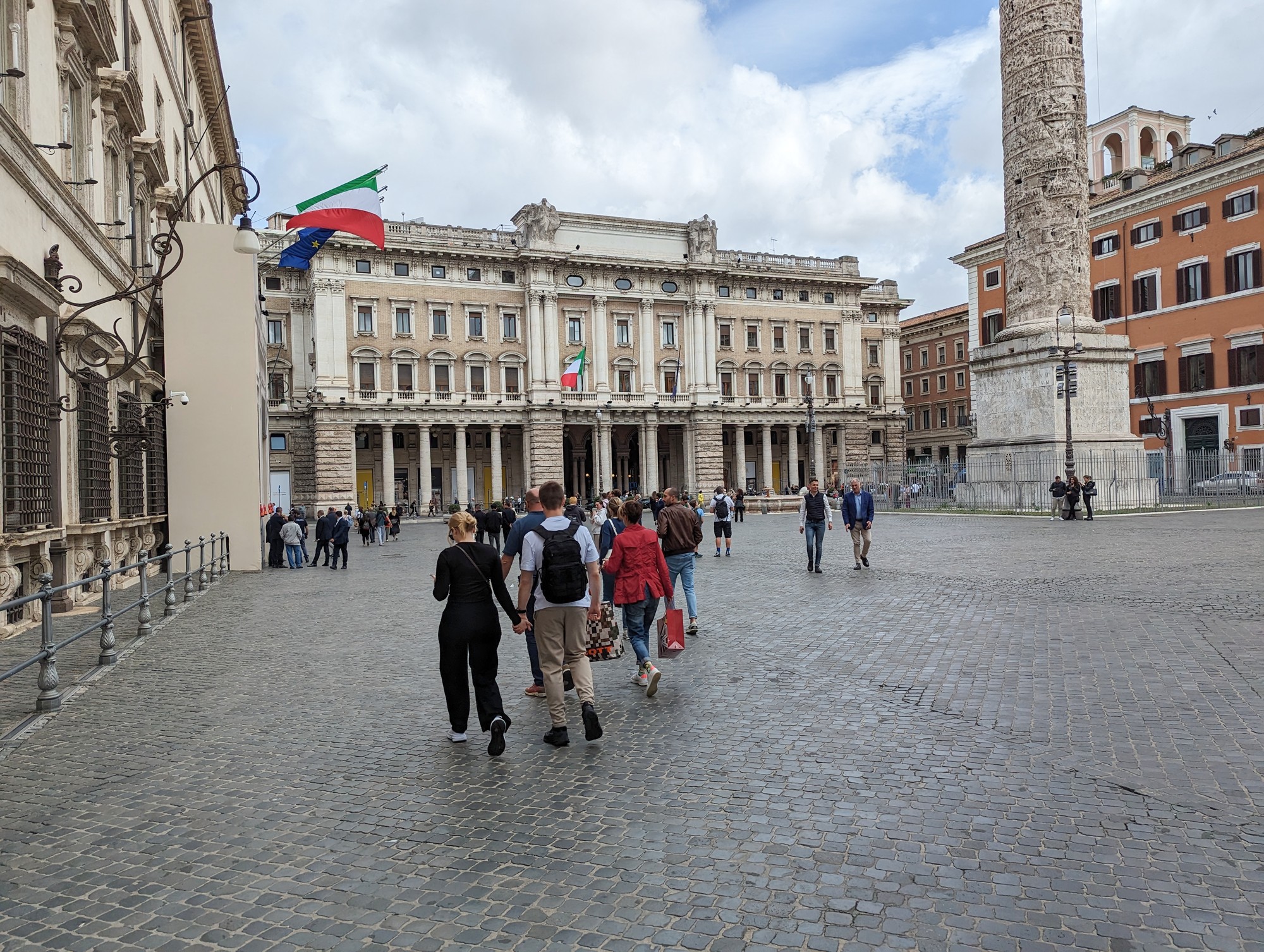
The centerpiece of Piazza Colonna is the Column of Marcus Aurelius, a Doric column that commemorates the Roman emperor Marcus Aurelius and his military victories. The column is adorned with a spiral relief depicting scenes from Marcus Aurelius’ campaigns.
Piazza Colonna has historical significance and has been a focal point in Rome for centuries. The column was erected in the 2nd century AD, and the square has witnessed various events and ceremonies throughout history.
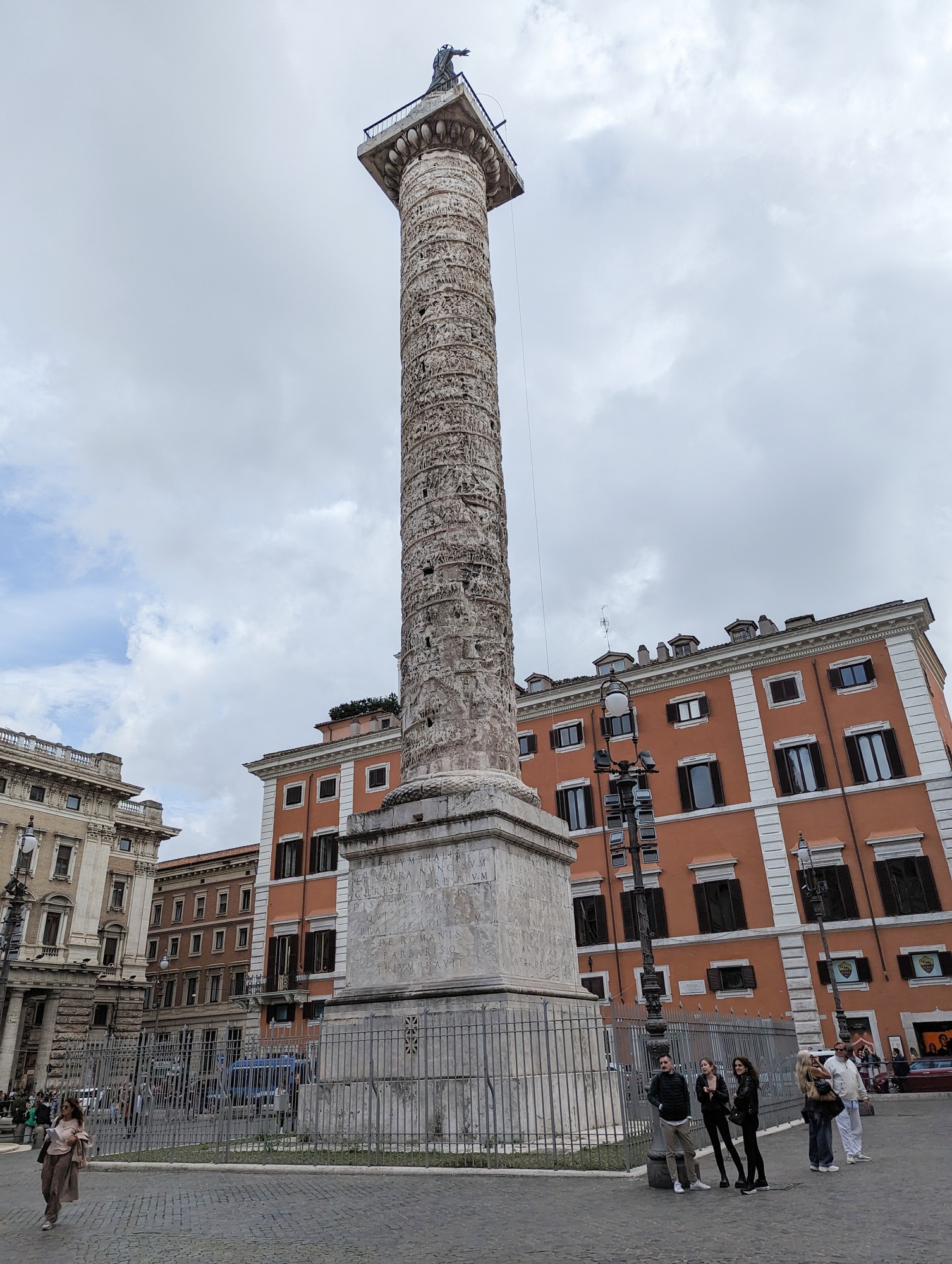
The next stop is the Trevi Fountain
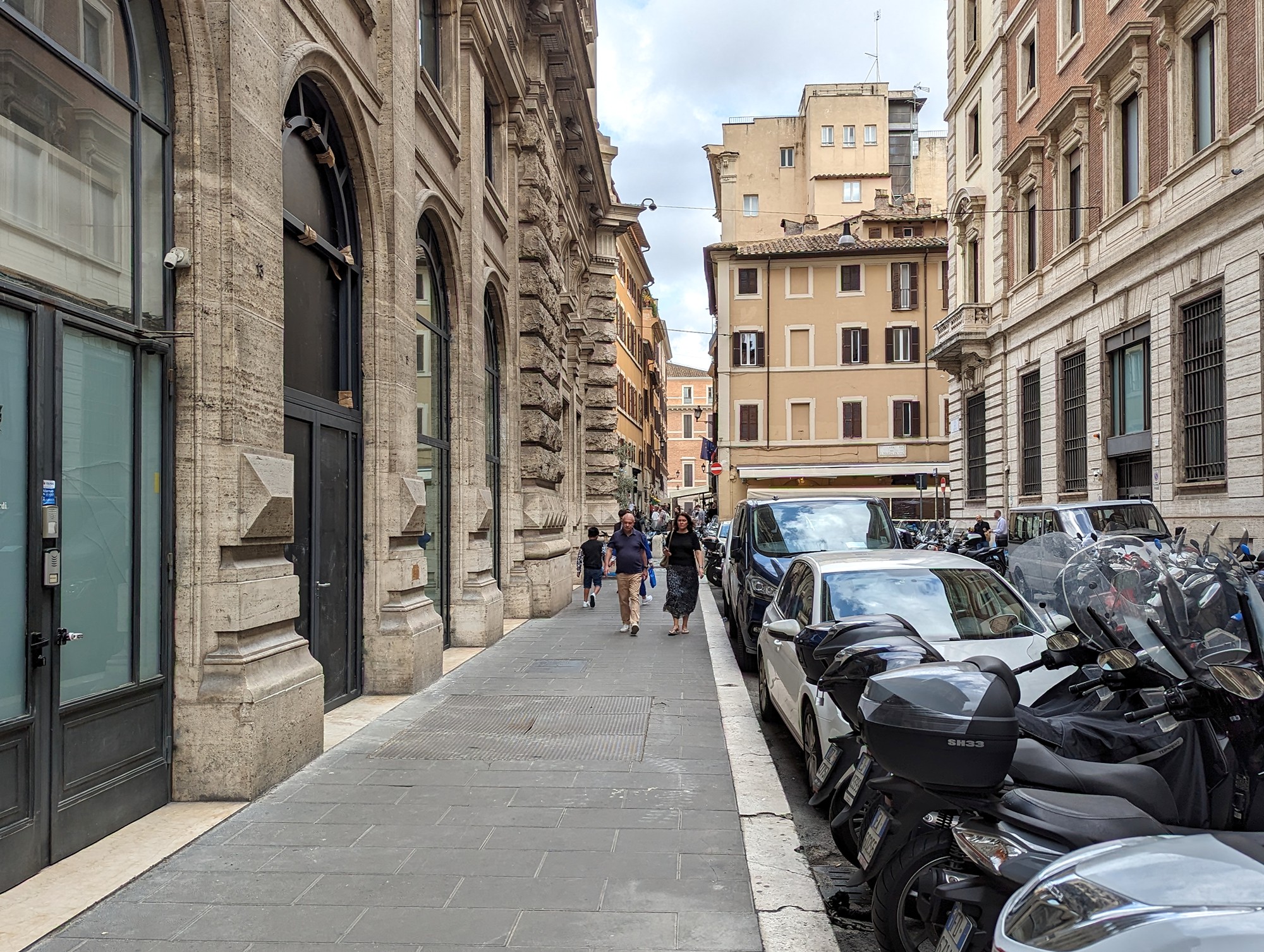
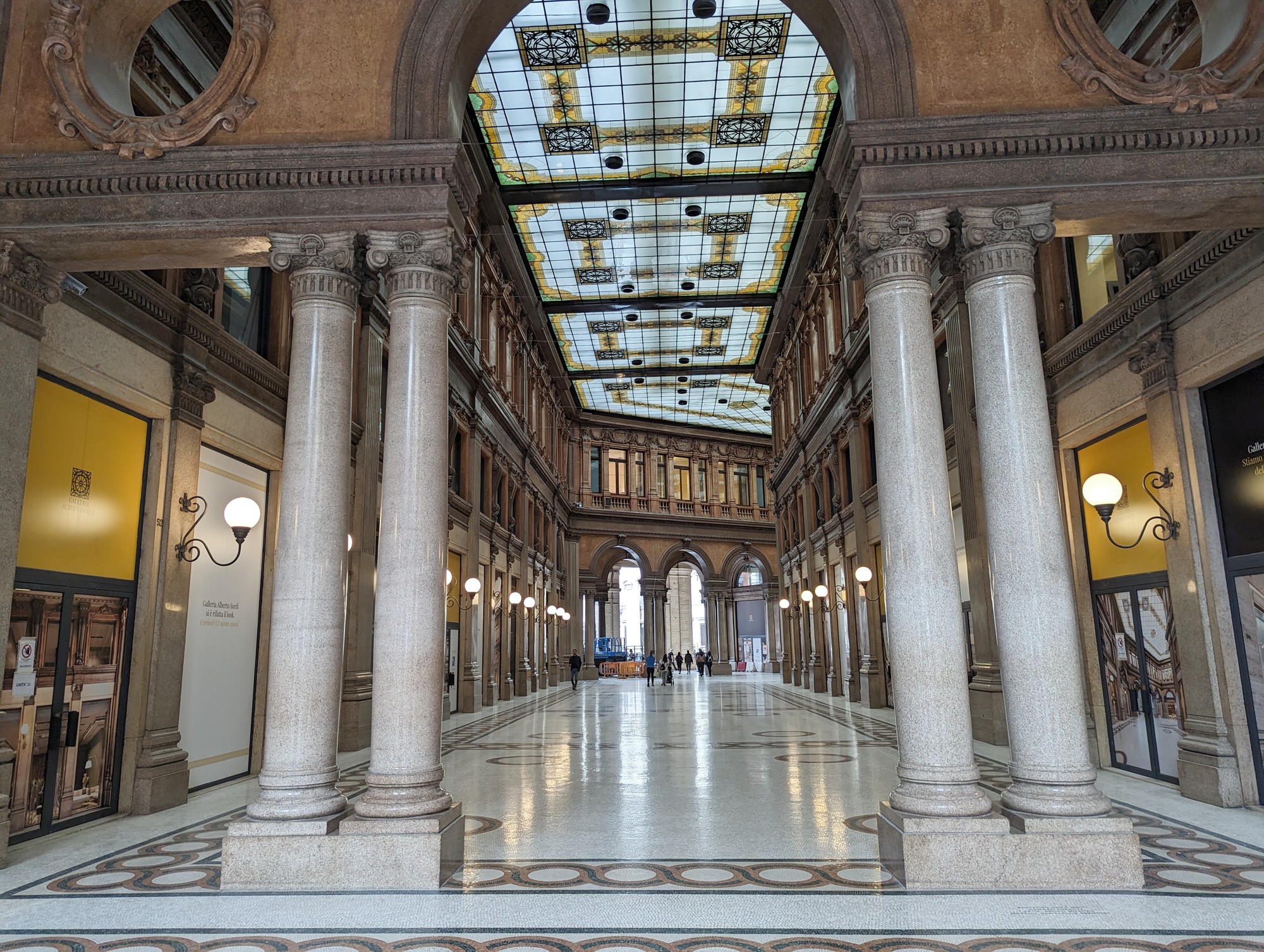
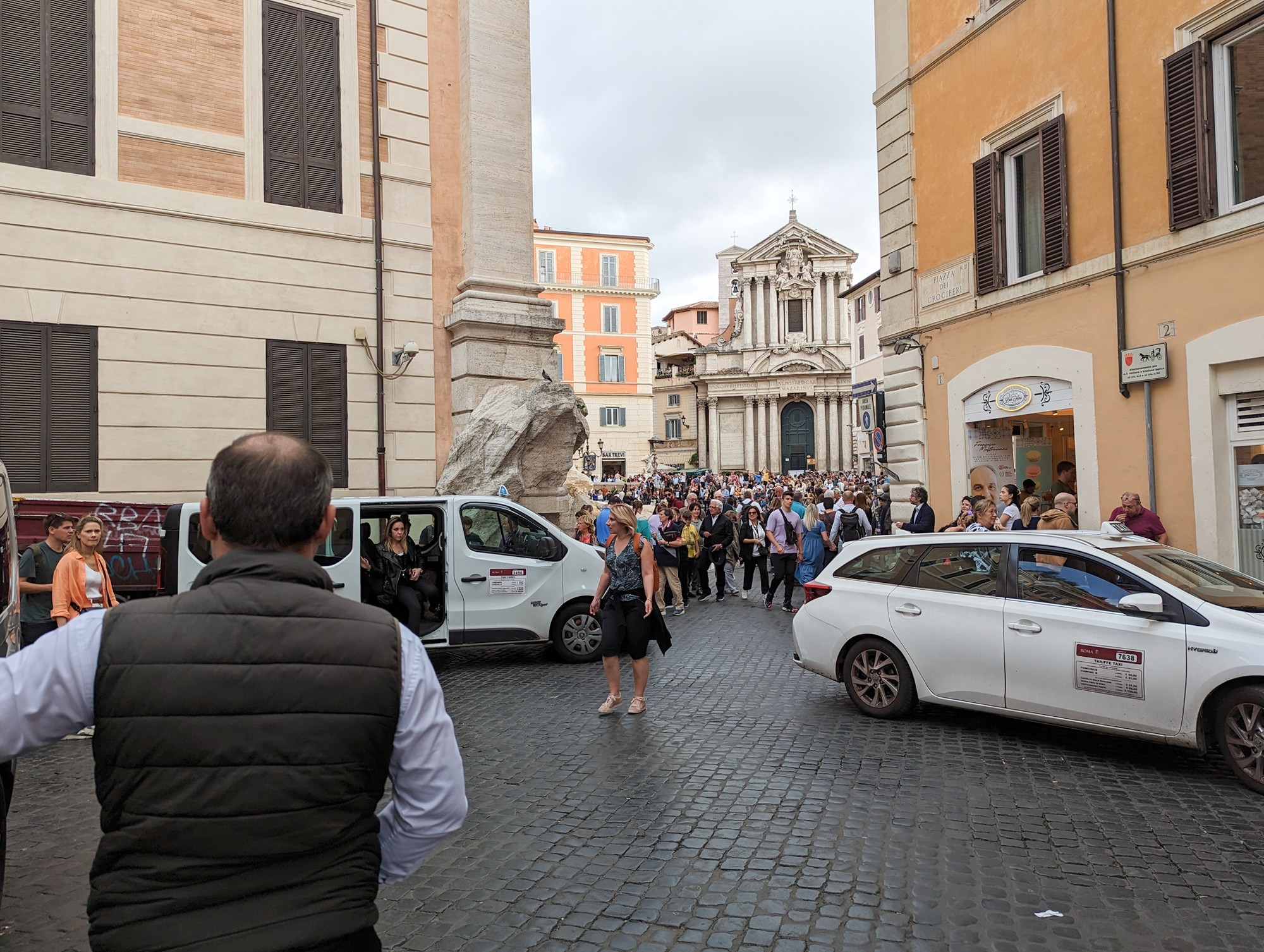
The Travi Fountain.


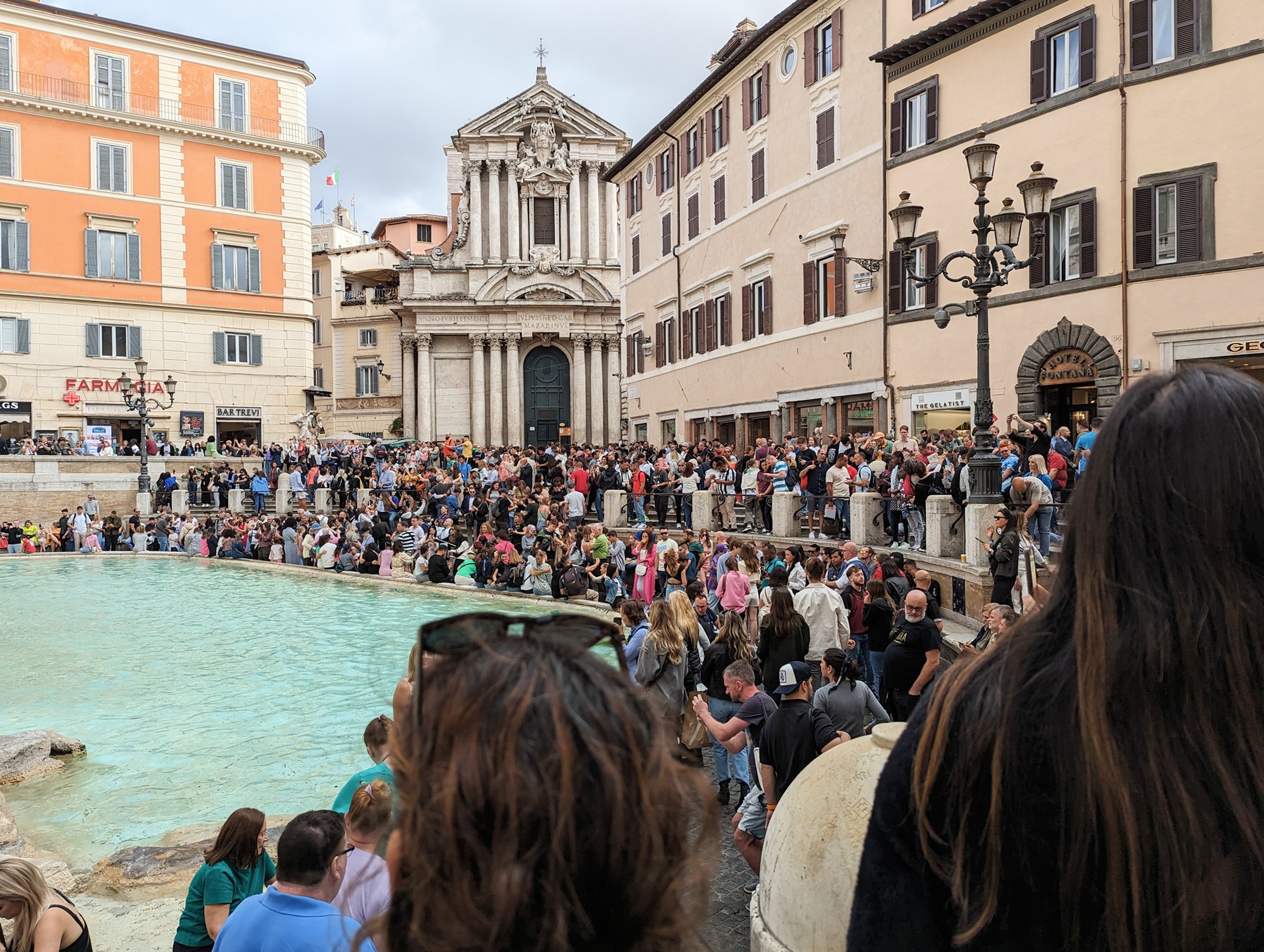
The fountain is a stunning example of Baroque architecture and was designed by the Italian architect Nicola Salvi. Construction began in 1732, and the fountain was completed in 1762.
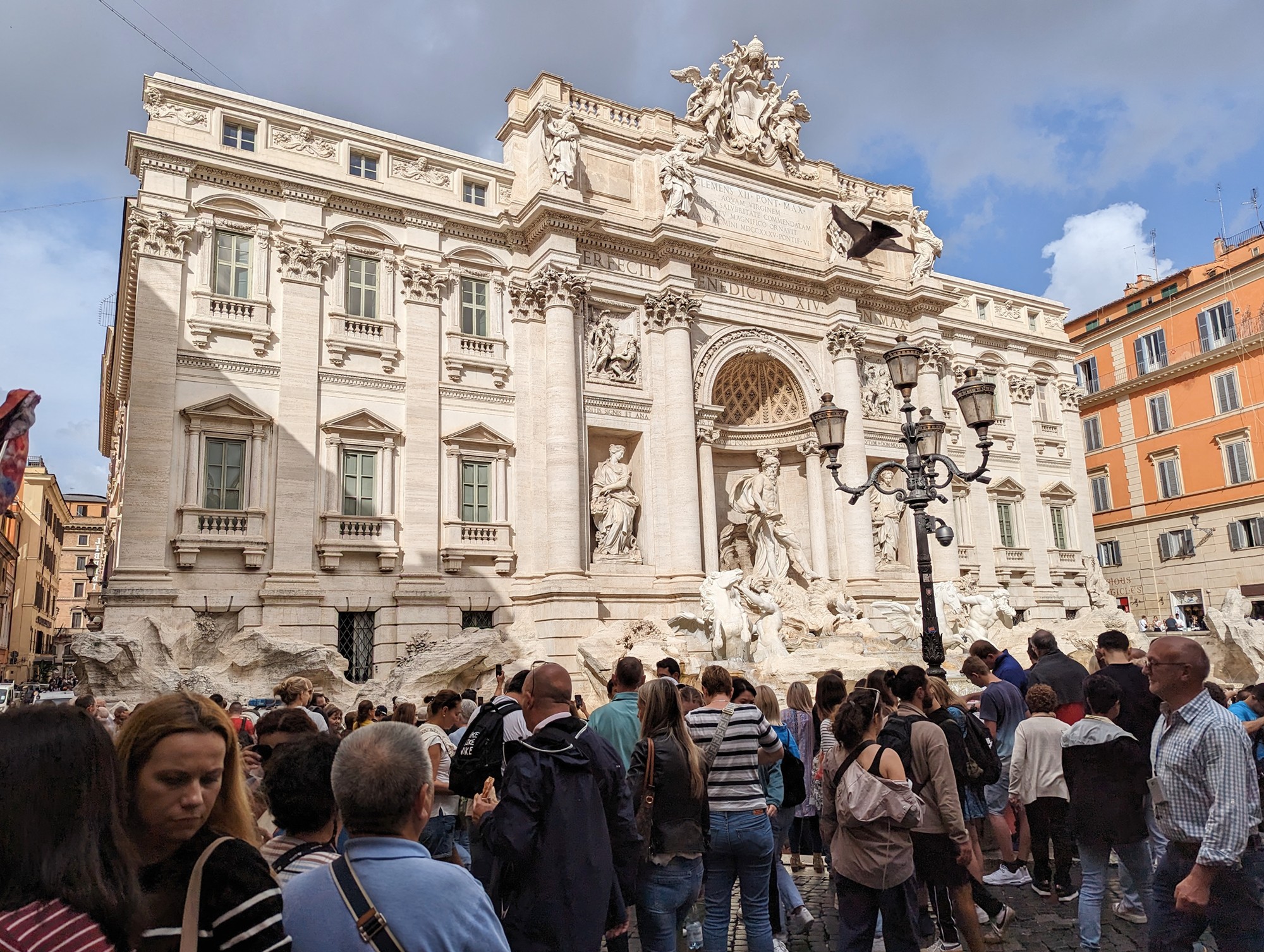
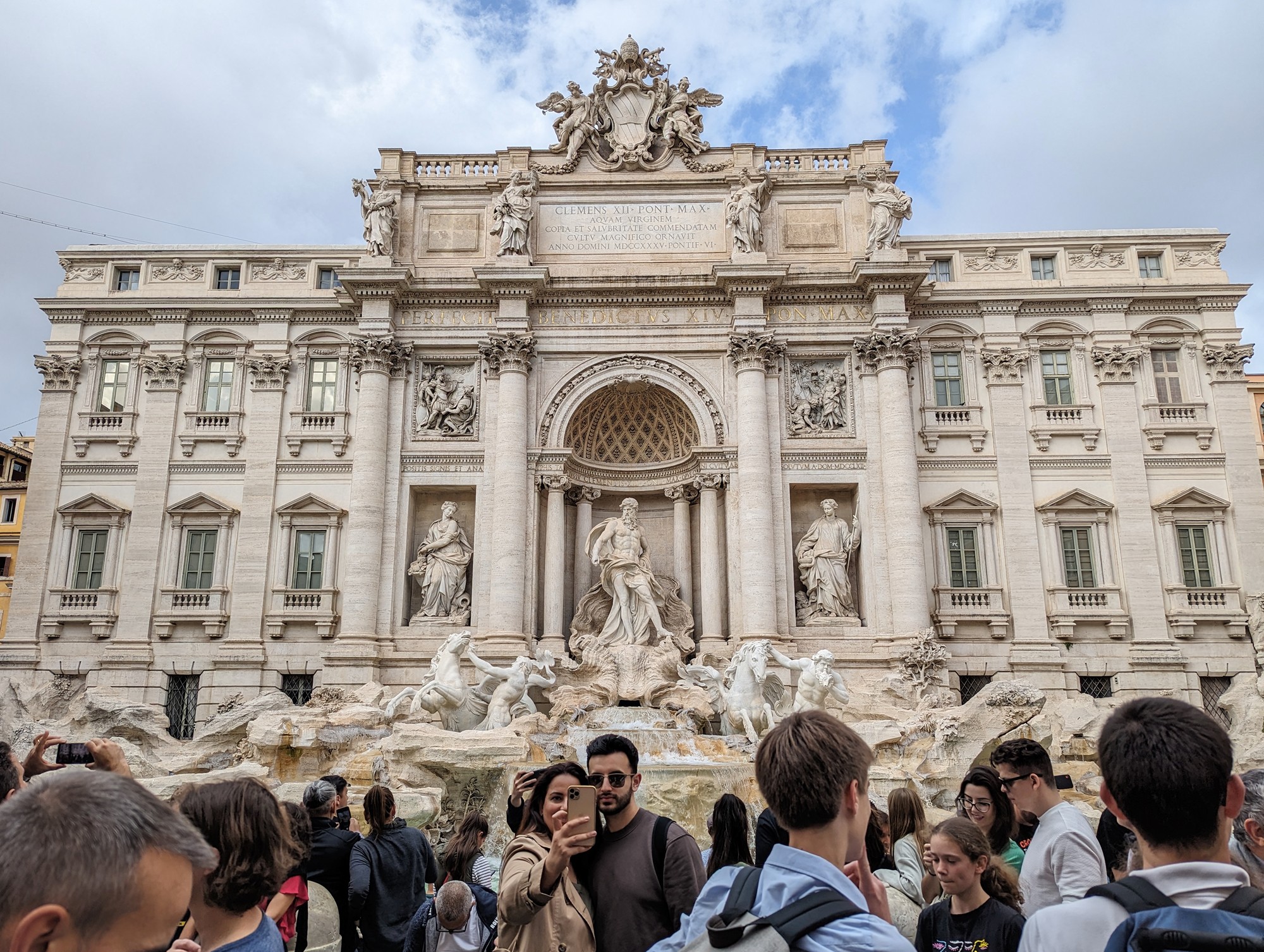
The central figure of the fountain is Neptune, the Roman god of the sea, riding a chariot pulled by two sea horses.
The overall theme of the sculptures and reliefs on the fountain is based on the theme of water.
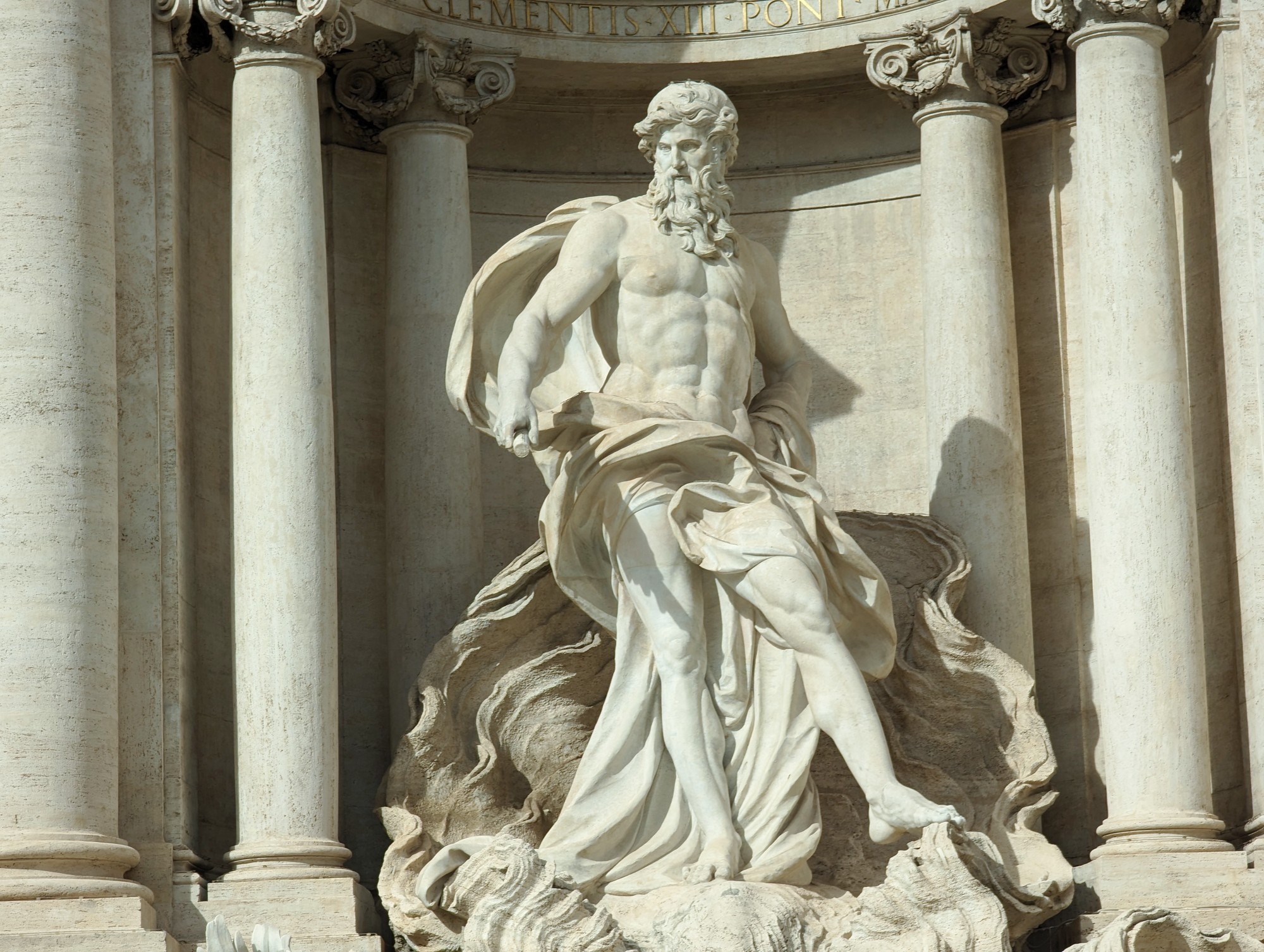
A famous tradition associated with the Trevi Fountain is the act of throwing coins over your shoulder into the fountain.
According to tradition, if you throw one coin, it ensures your return to Rome; if you throw two, it ensures a new romance; and if you throw three, it ensures marriage.
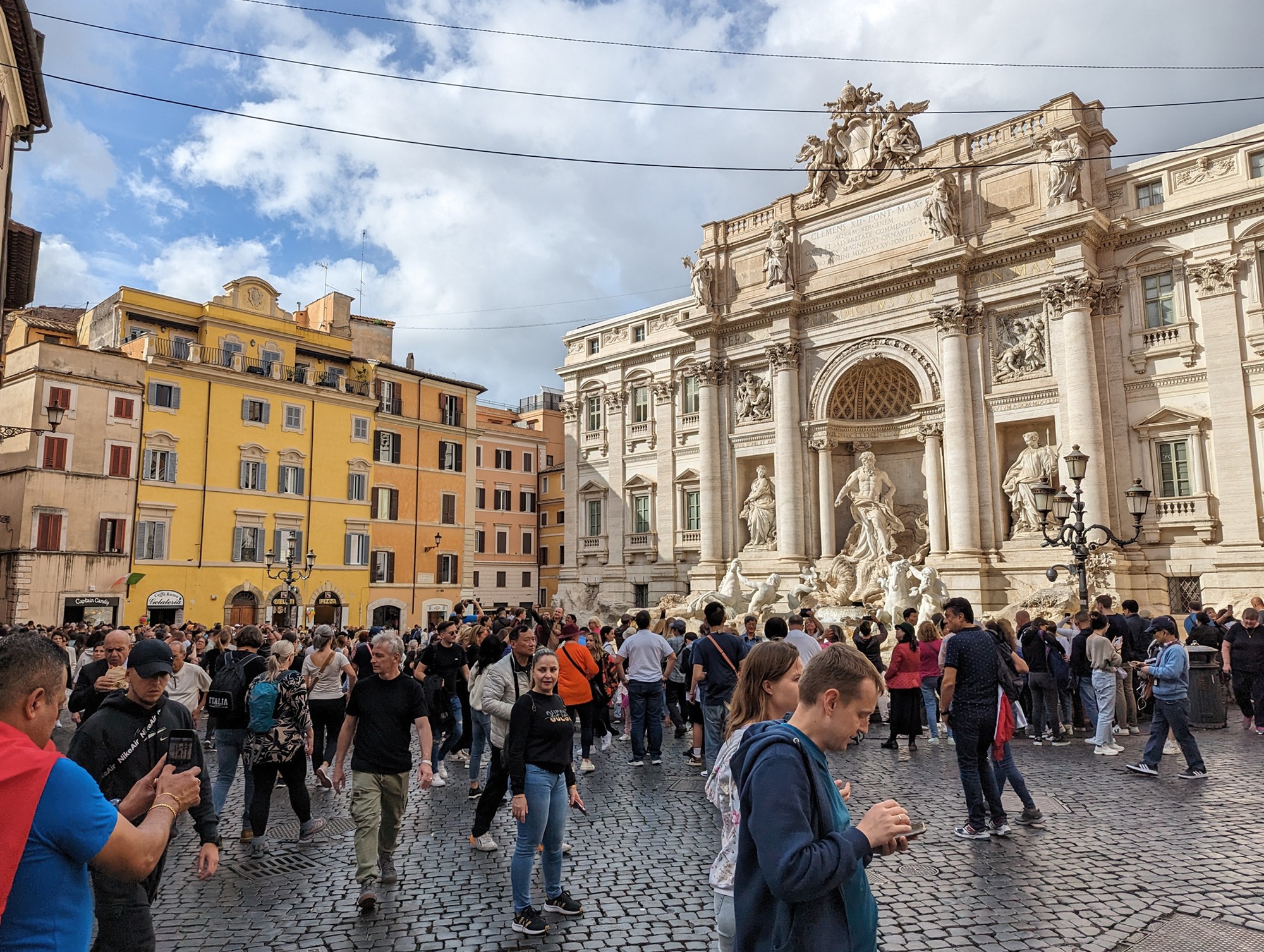
On the way to the final stop which is the Spanish Steps
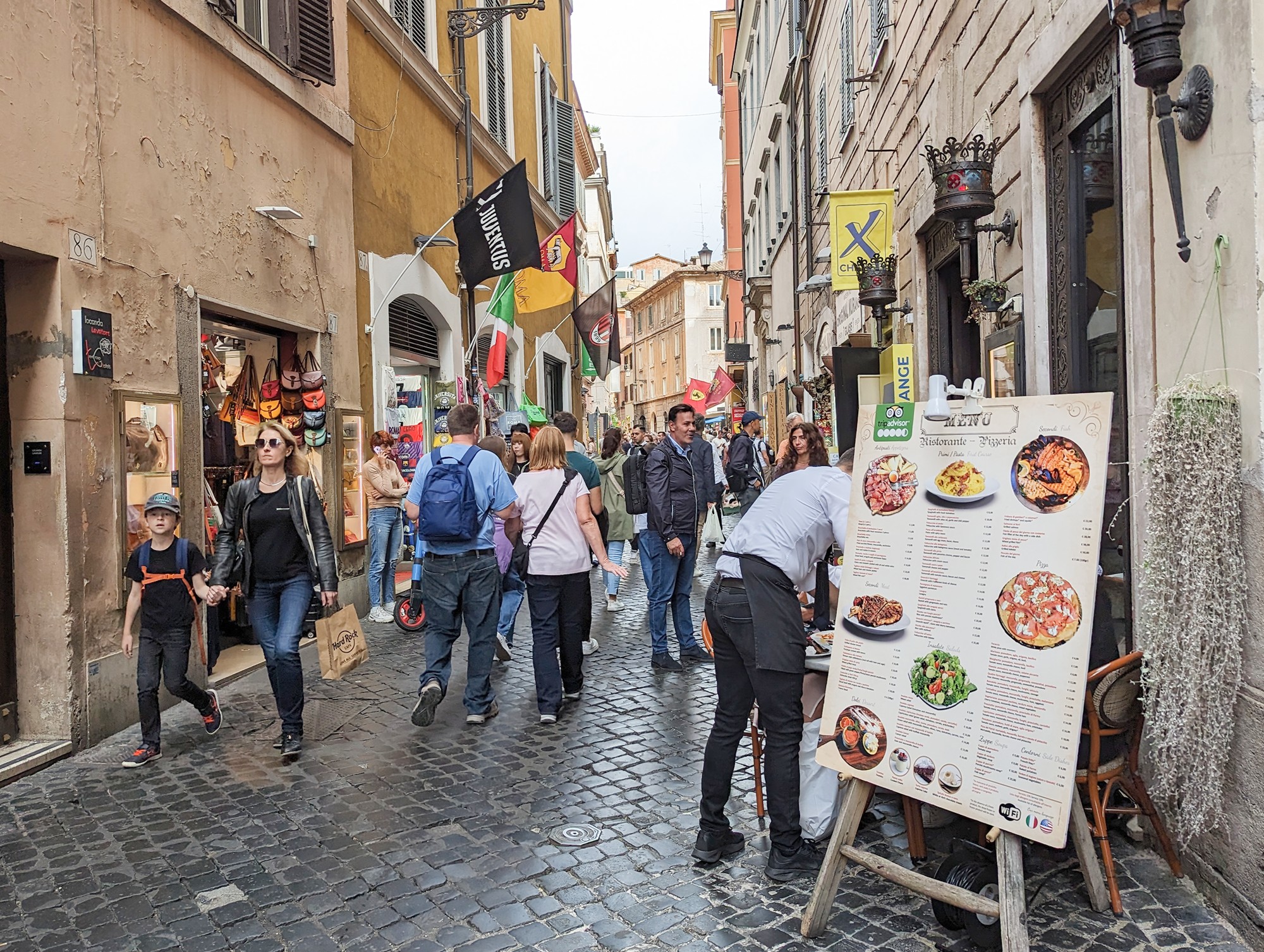

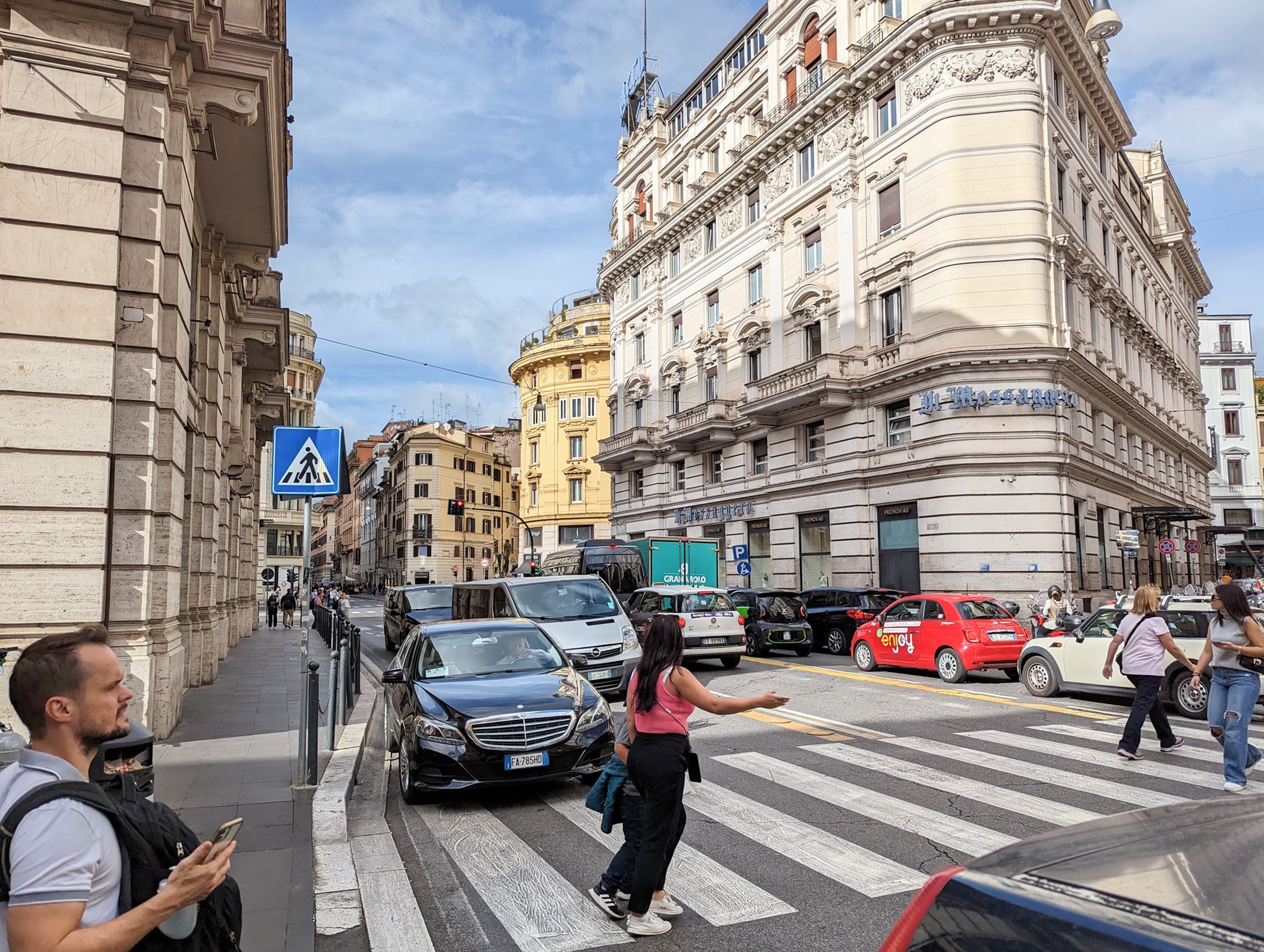
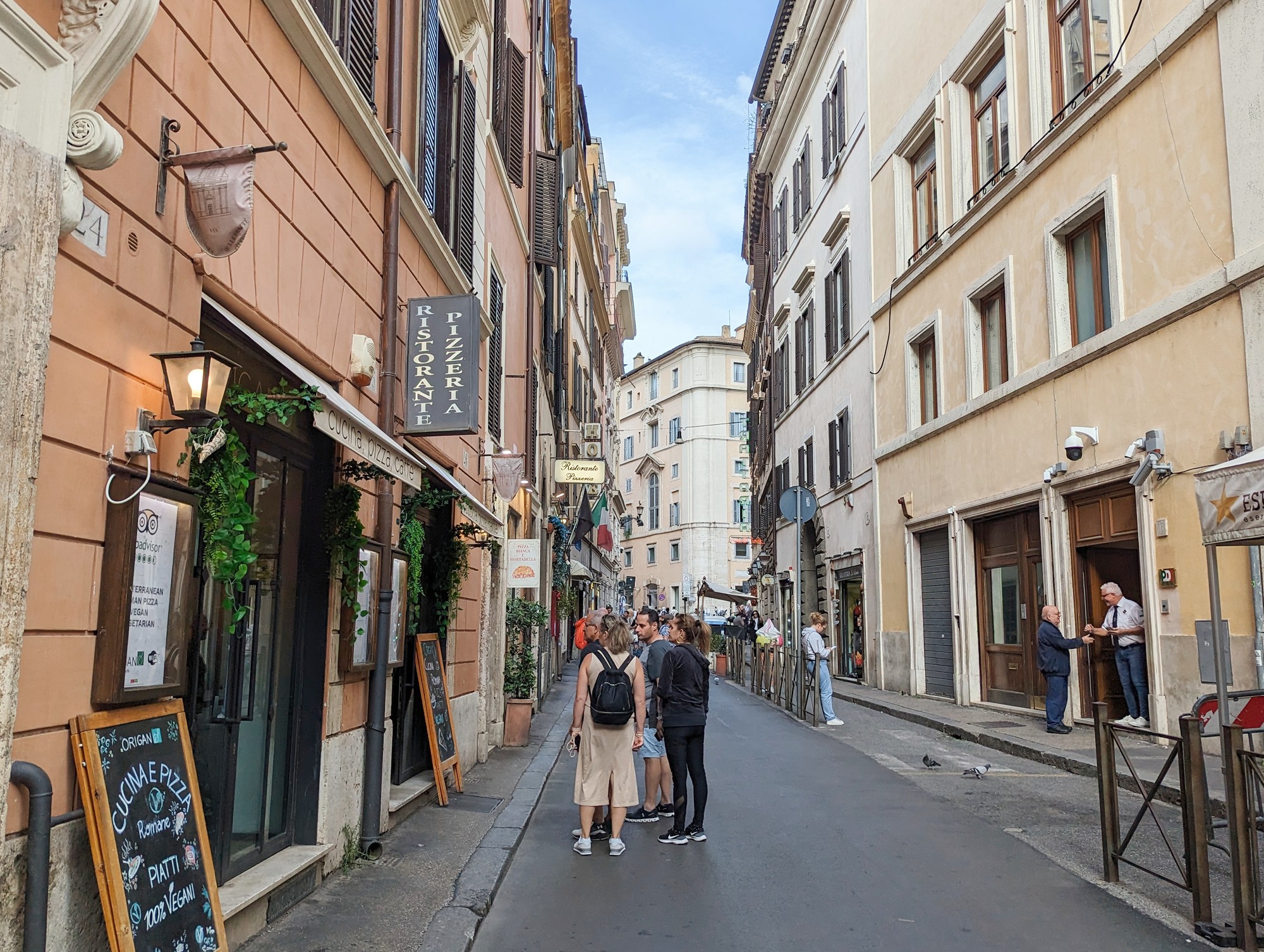
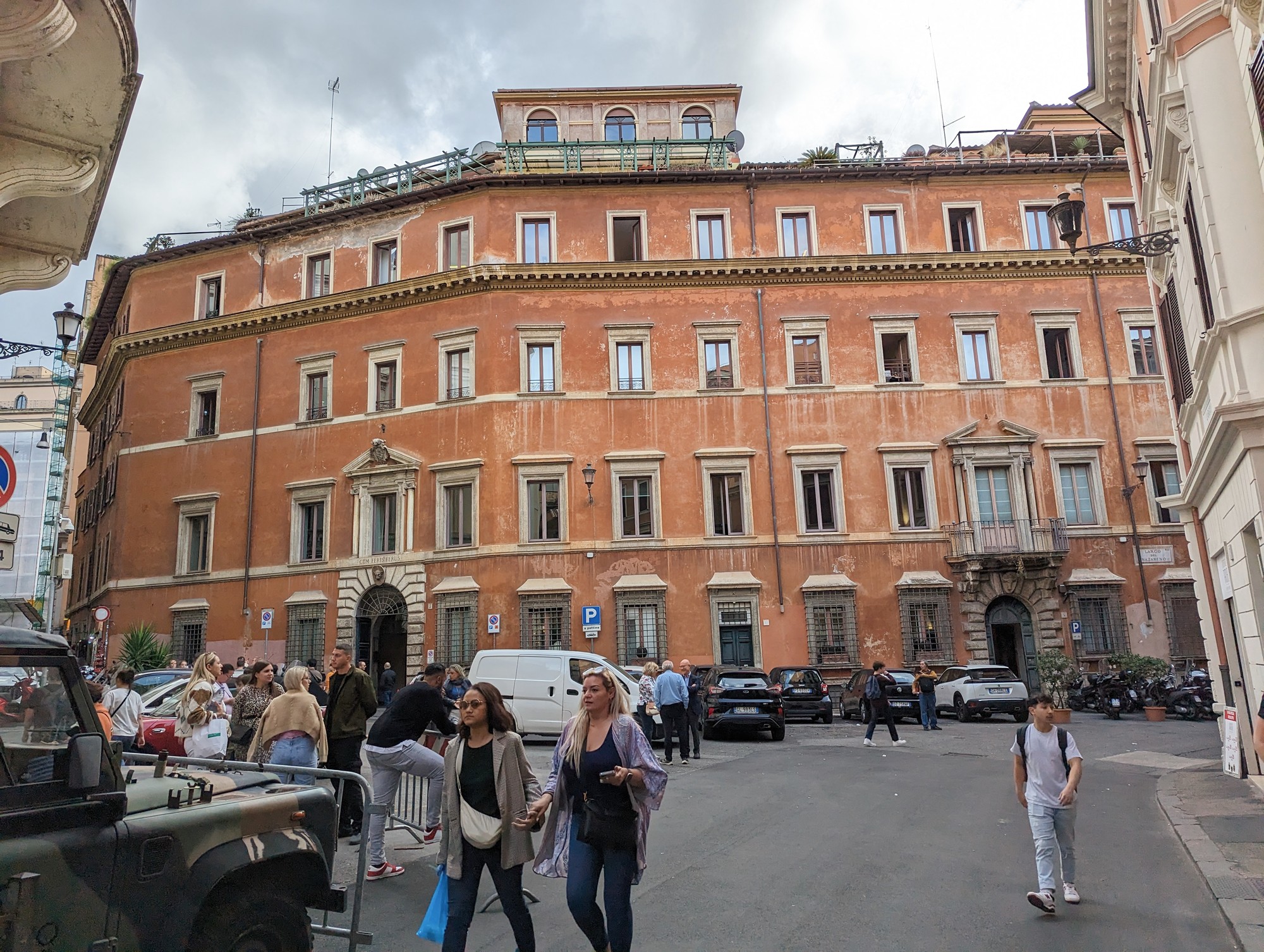
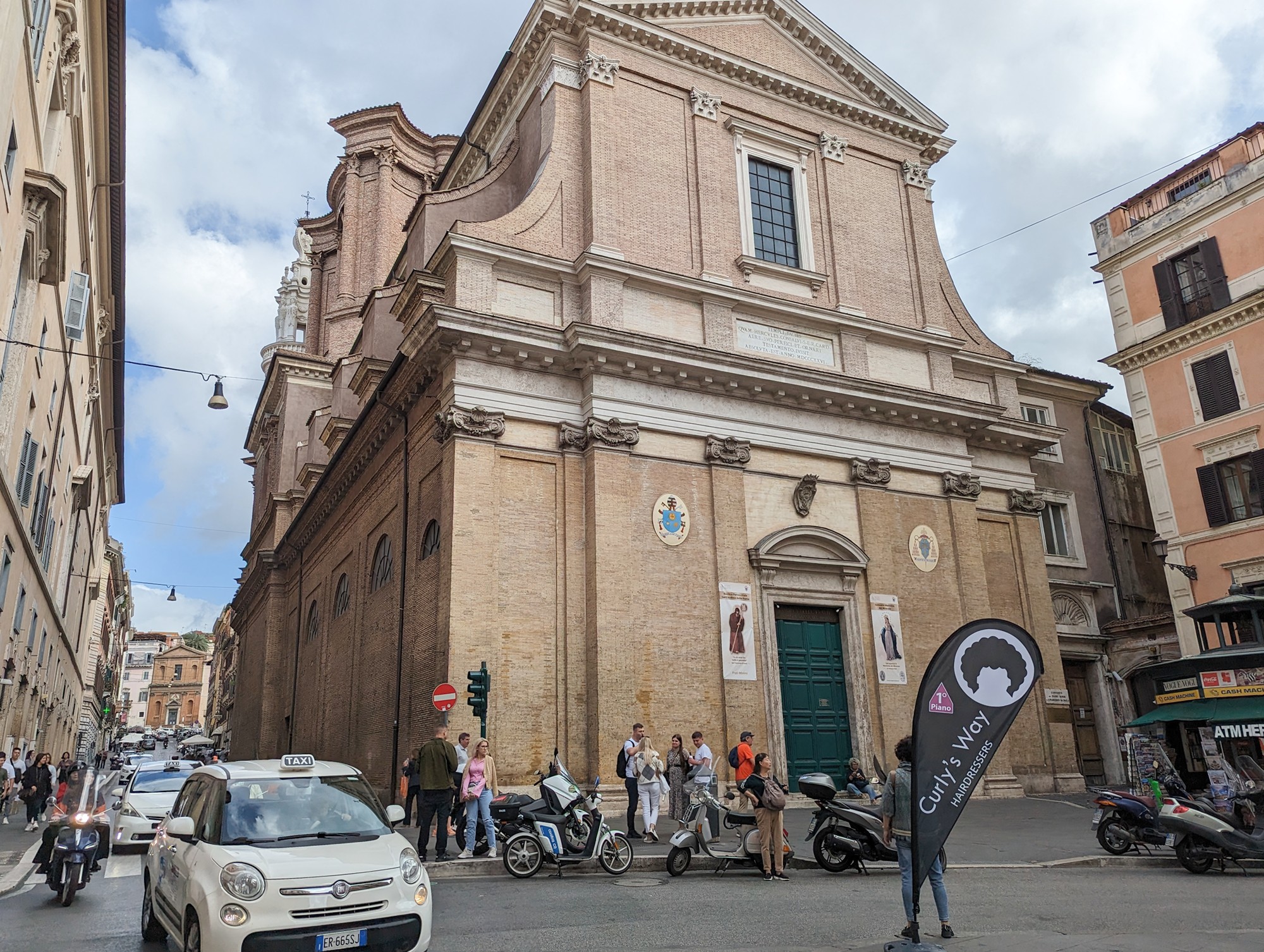
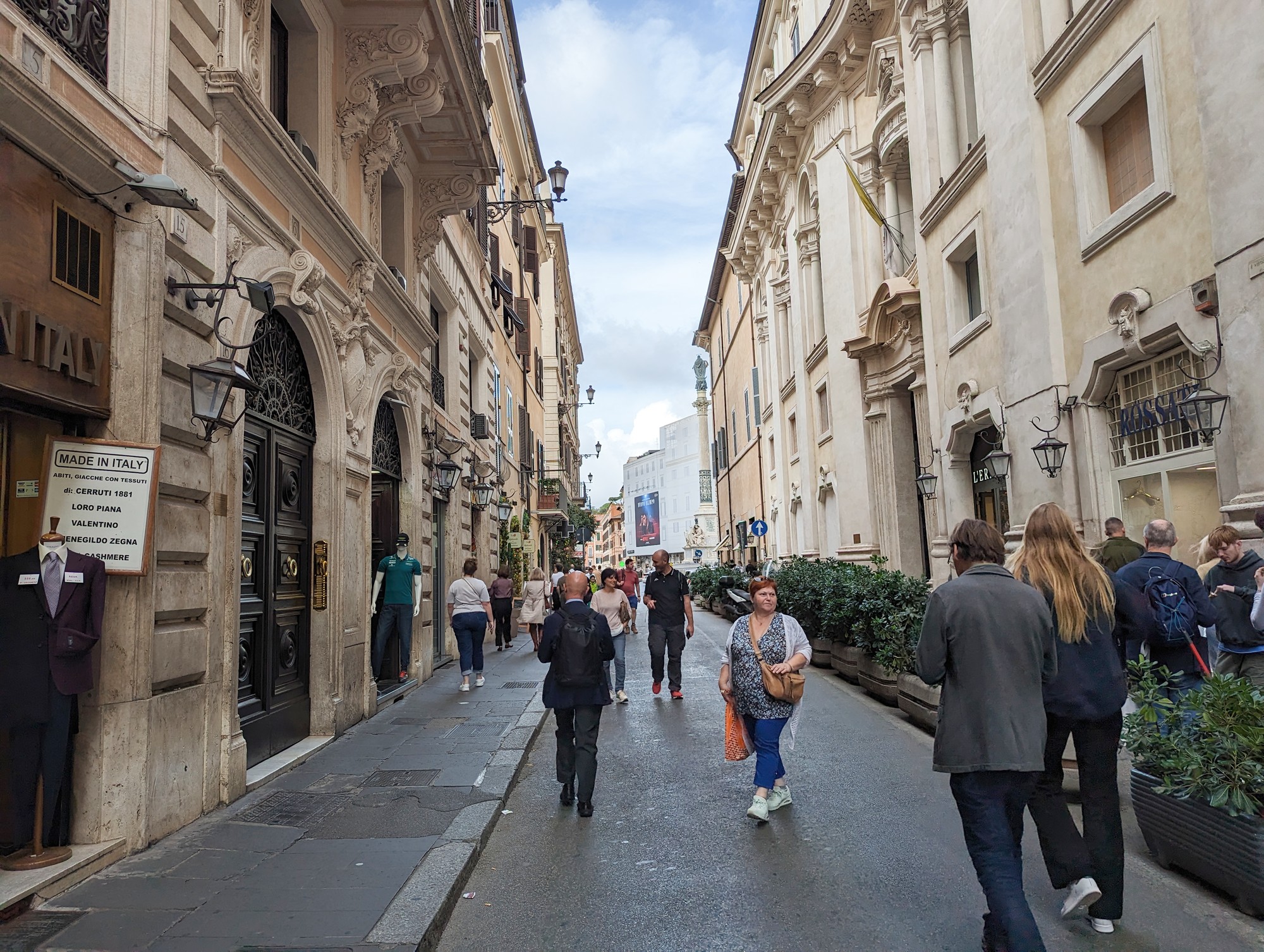
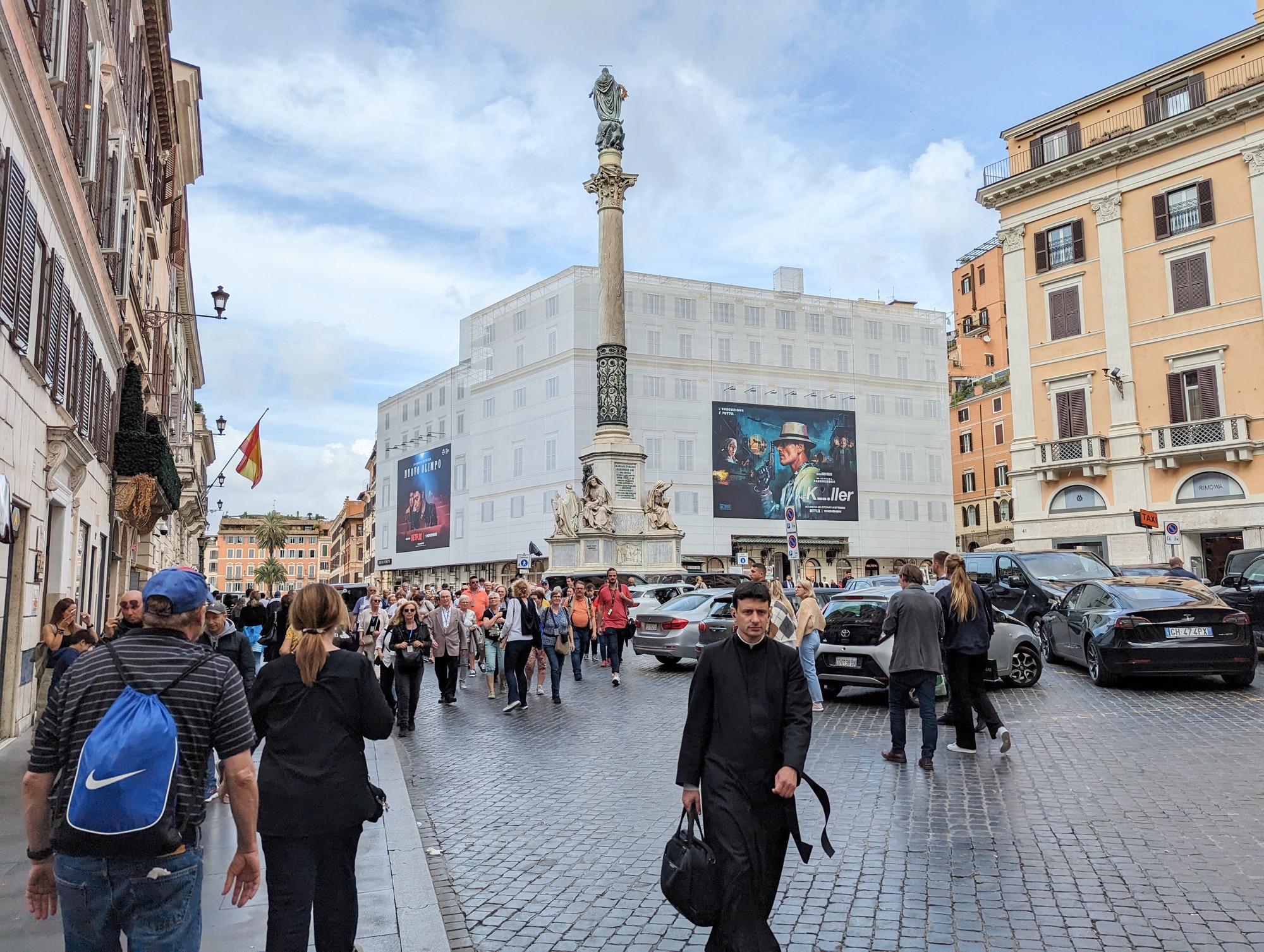
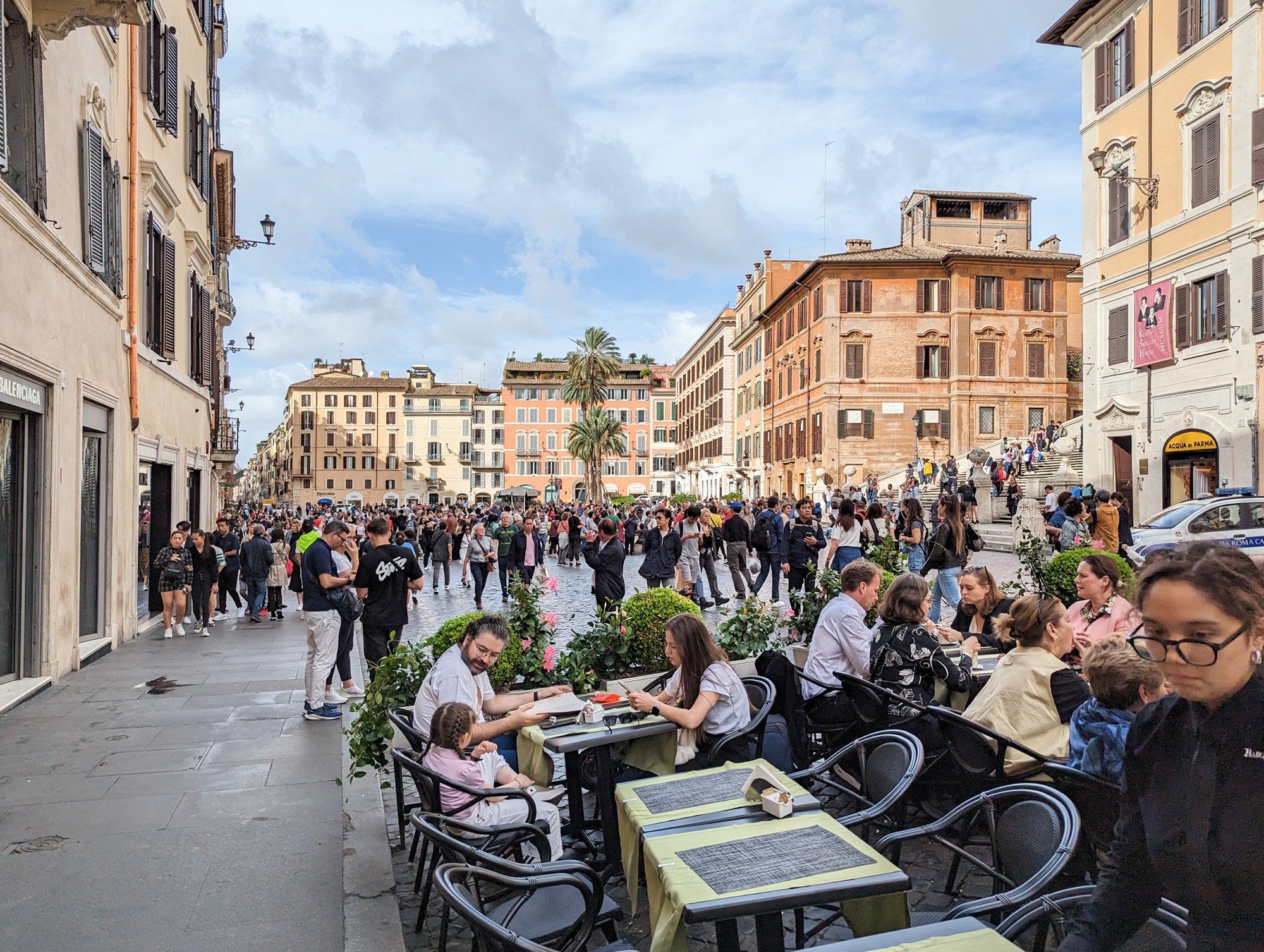
The Spanish Steps. The Spanish Steps are located in the Piazza di Spagna, one of the most famous squares in Rome. The steps connect the Piazza di Spagna at the base and the Trinità dei Monti church at the top.
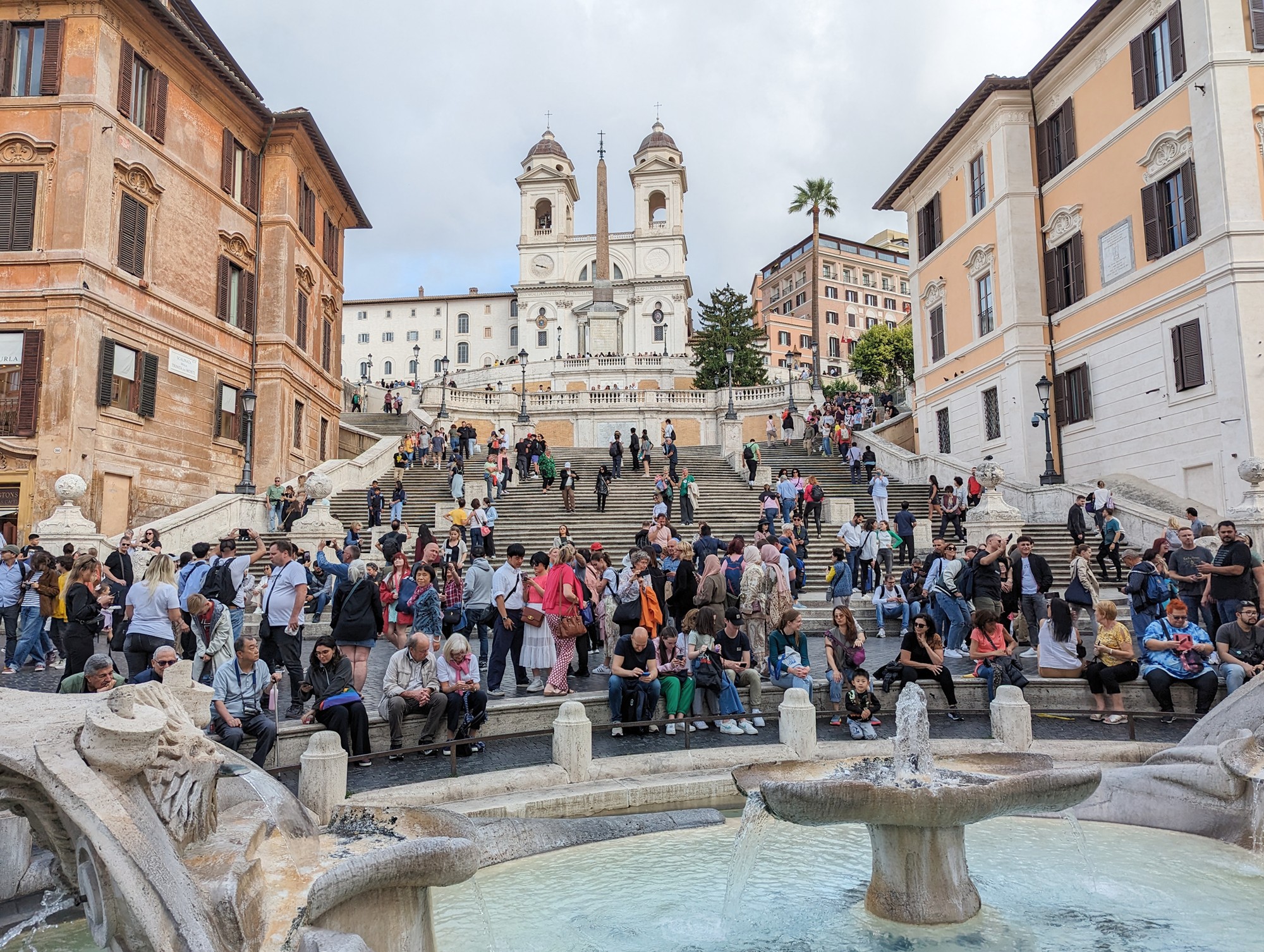
The street in front of the Piazza di Spagna.
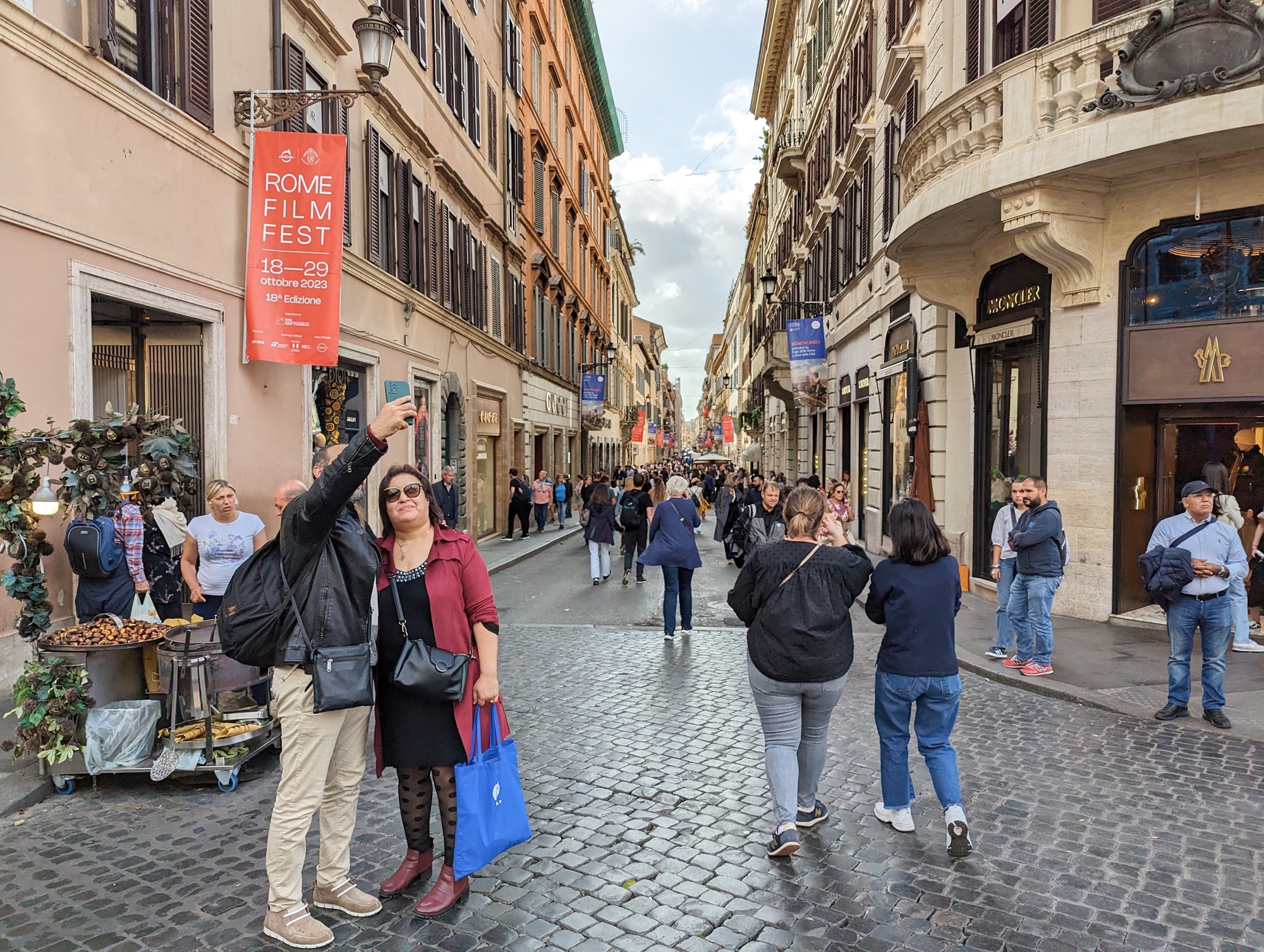
The left side of the plazza


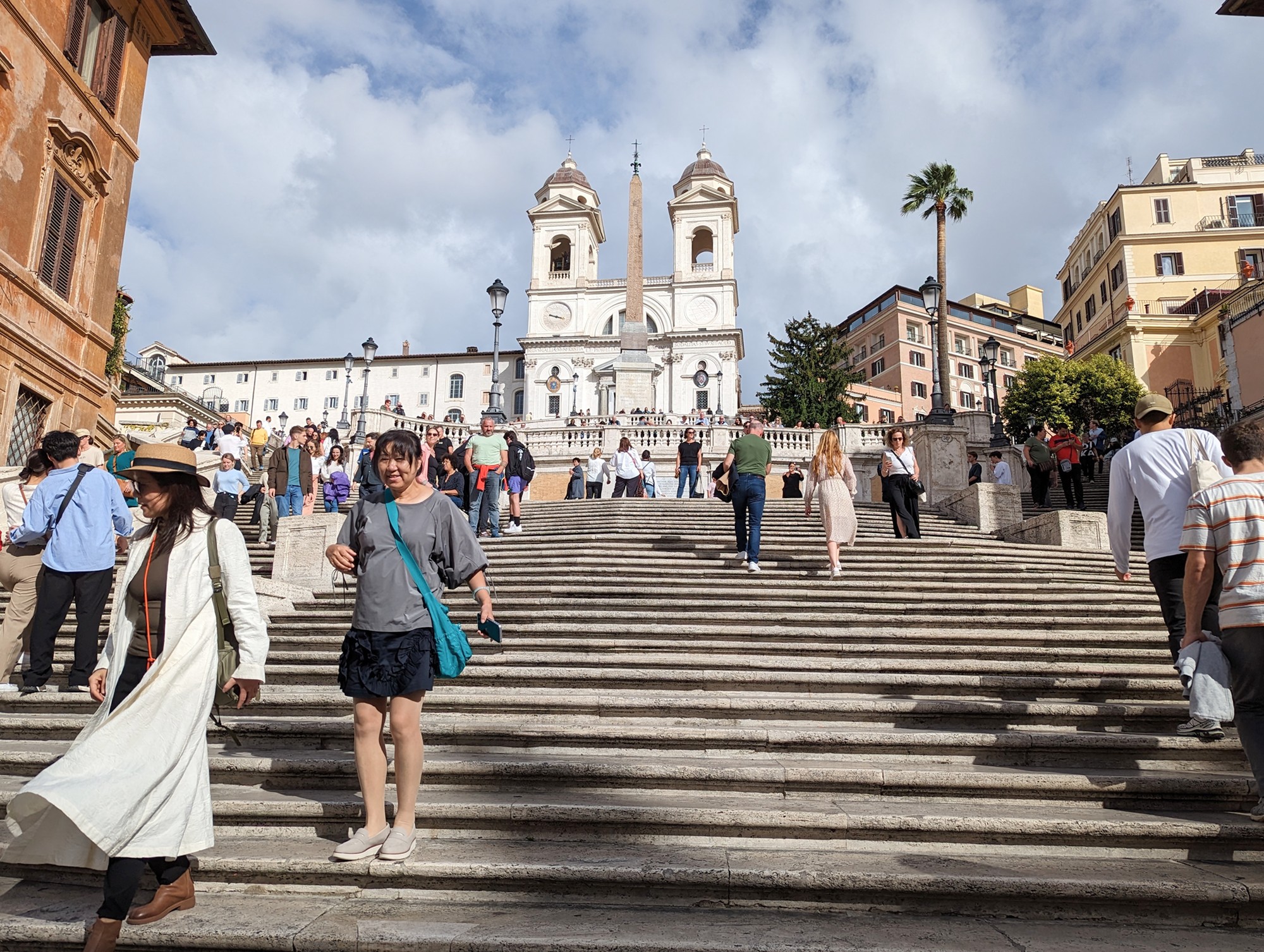
Viewing the back

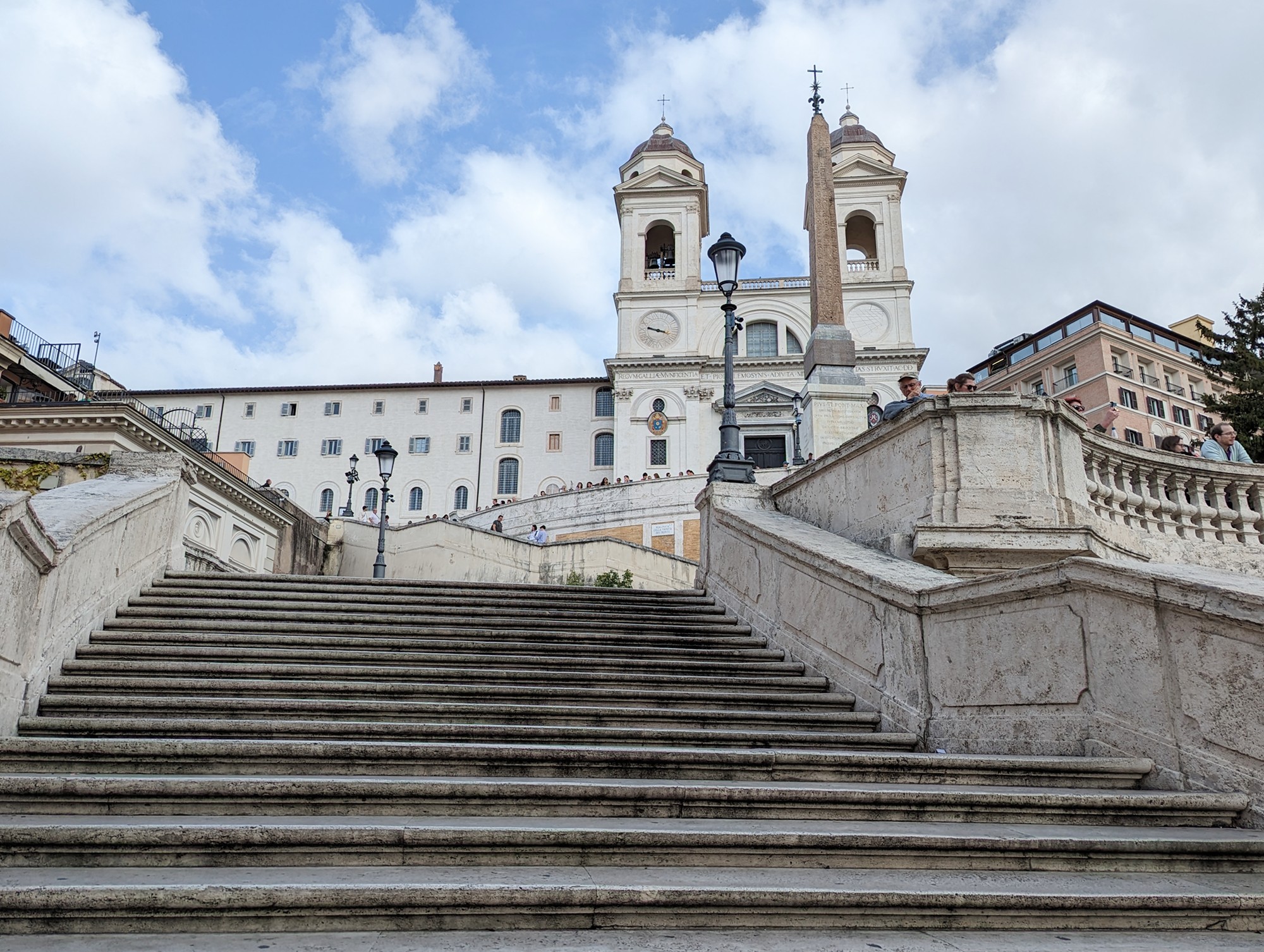
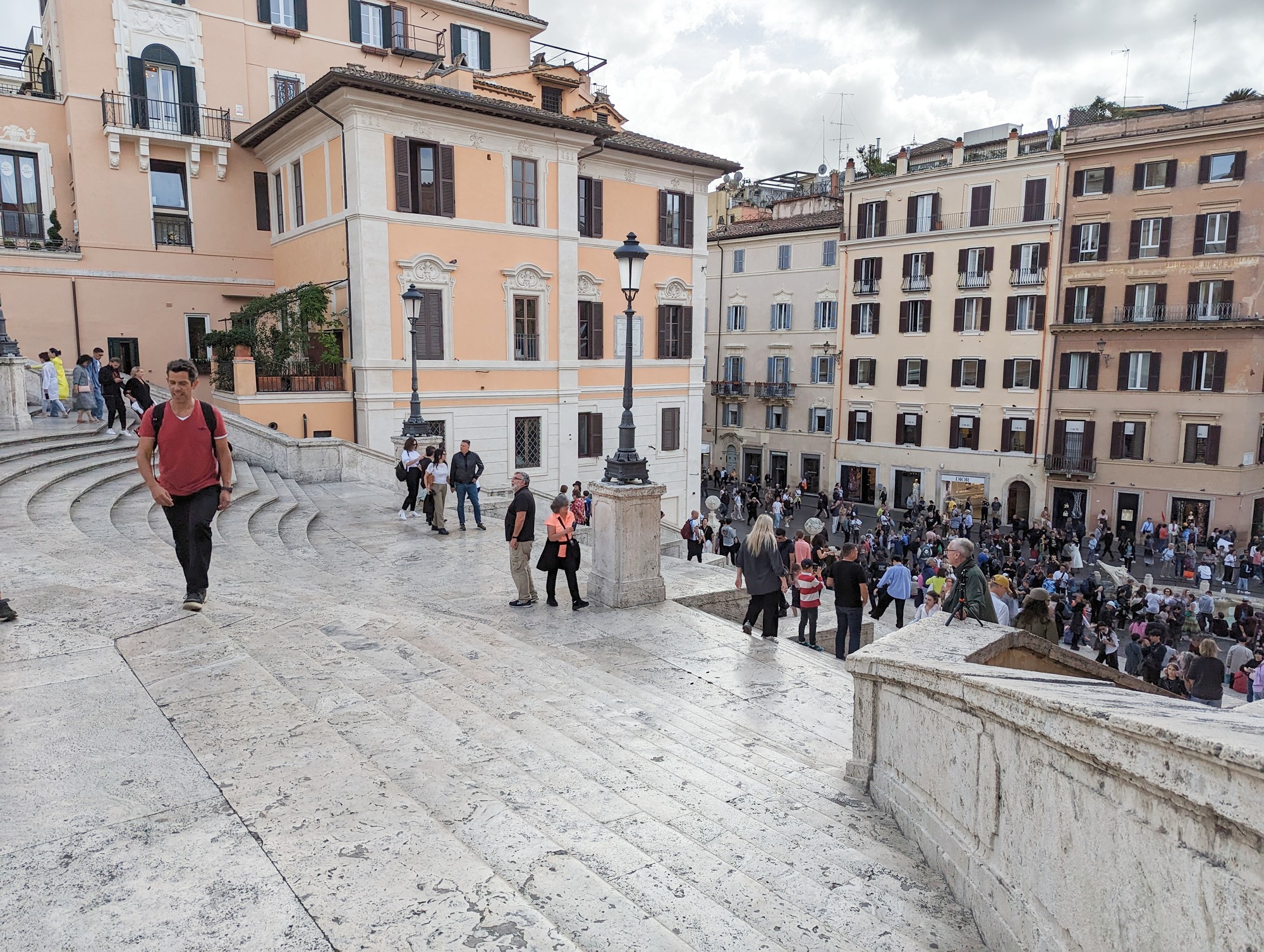
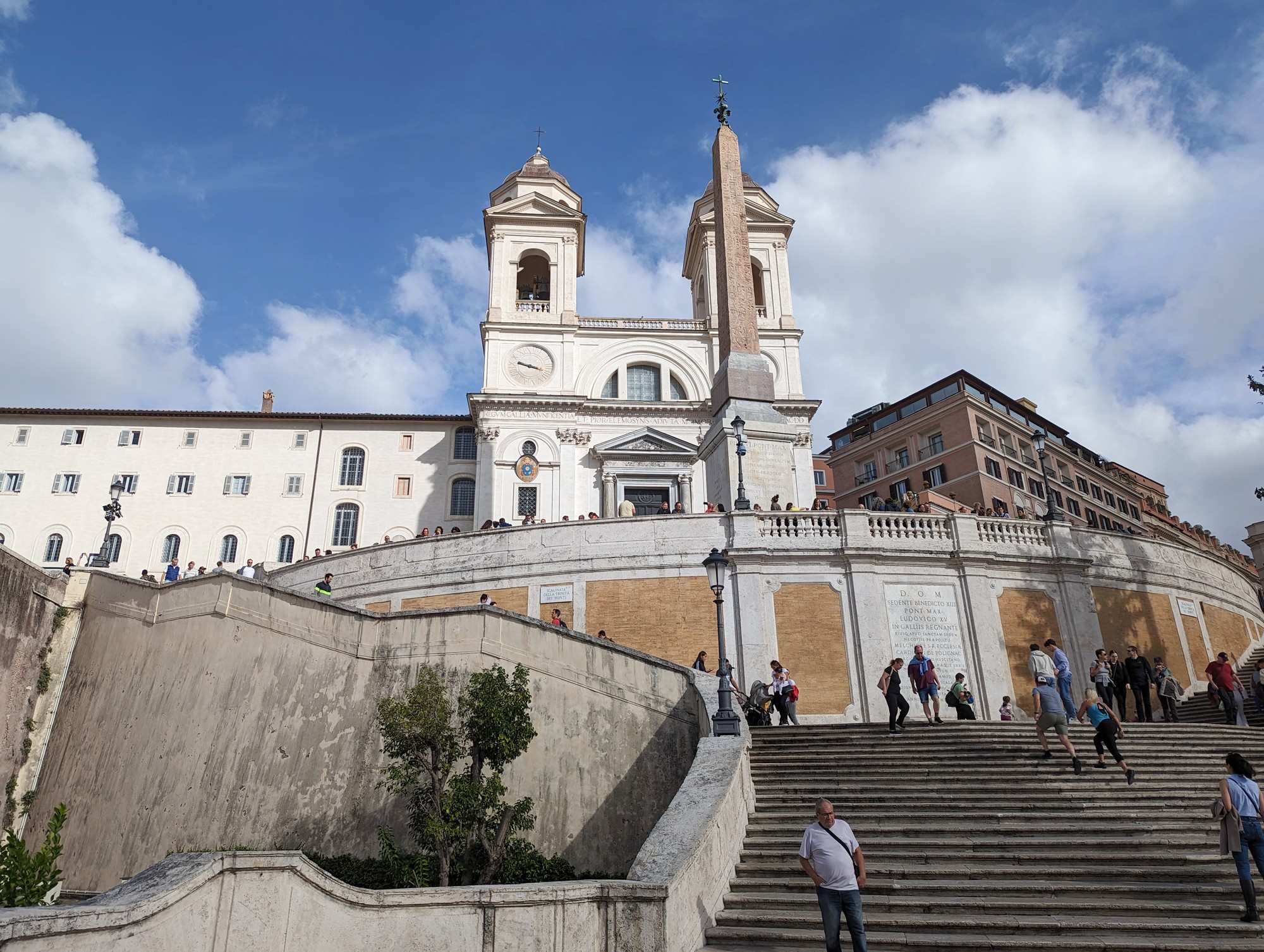
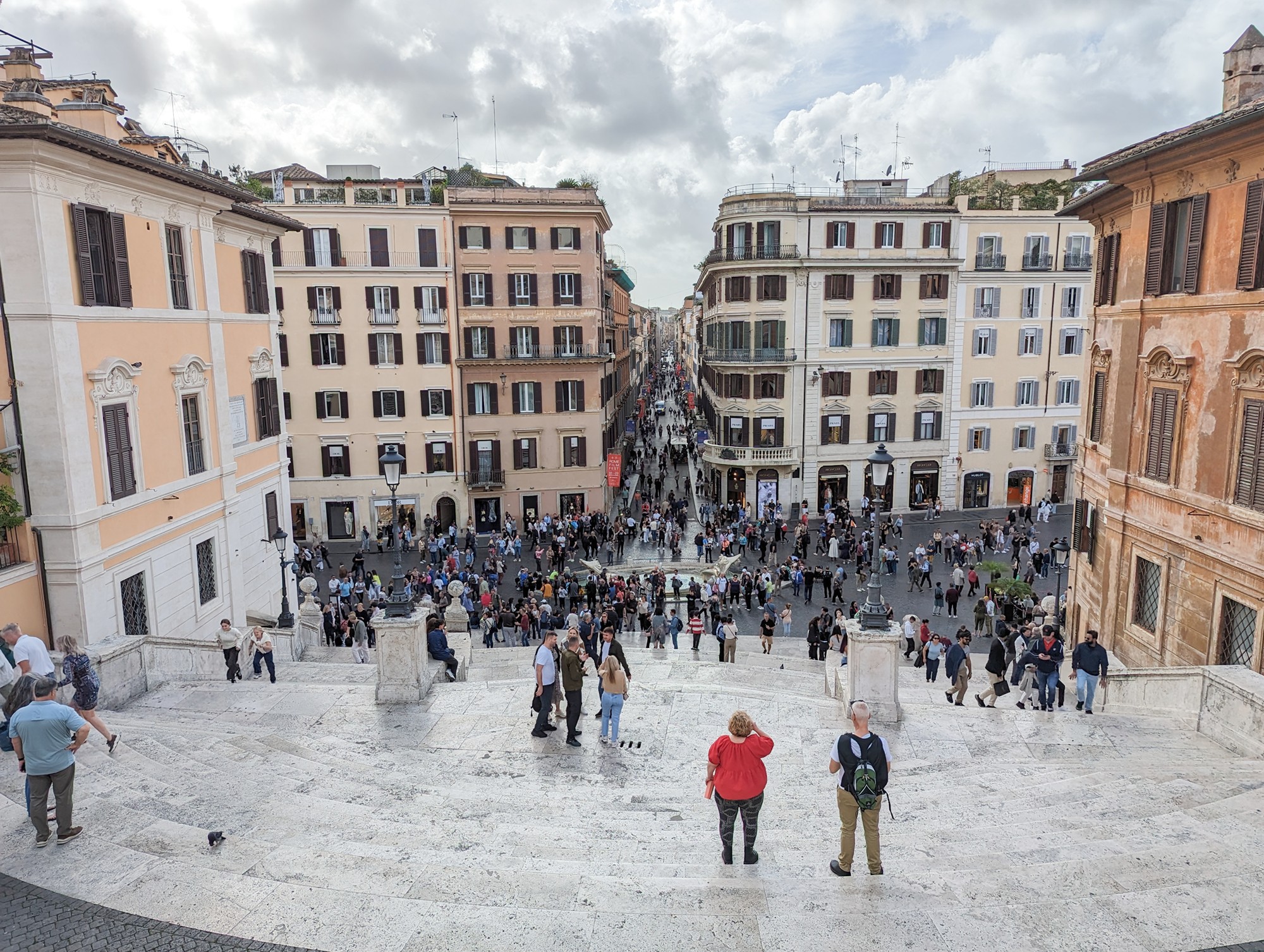
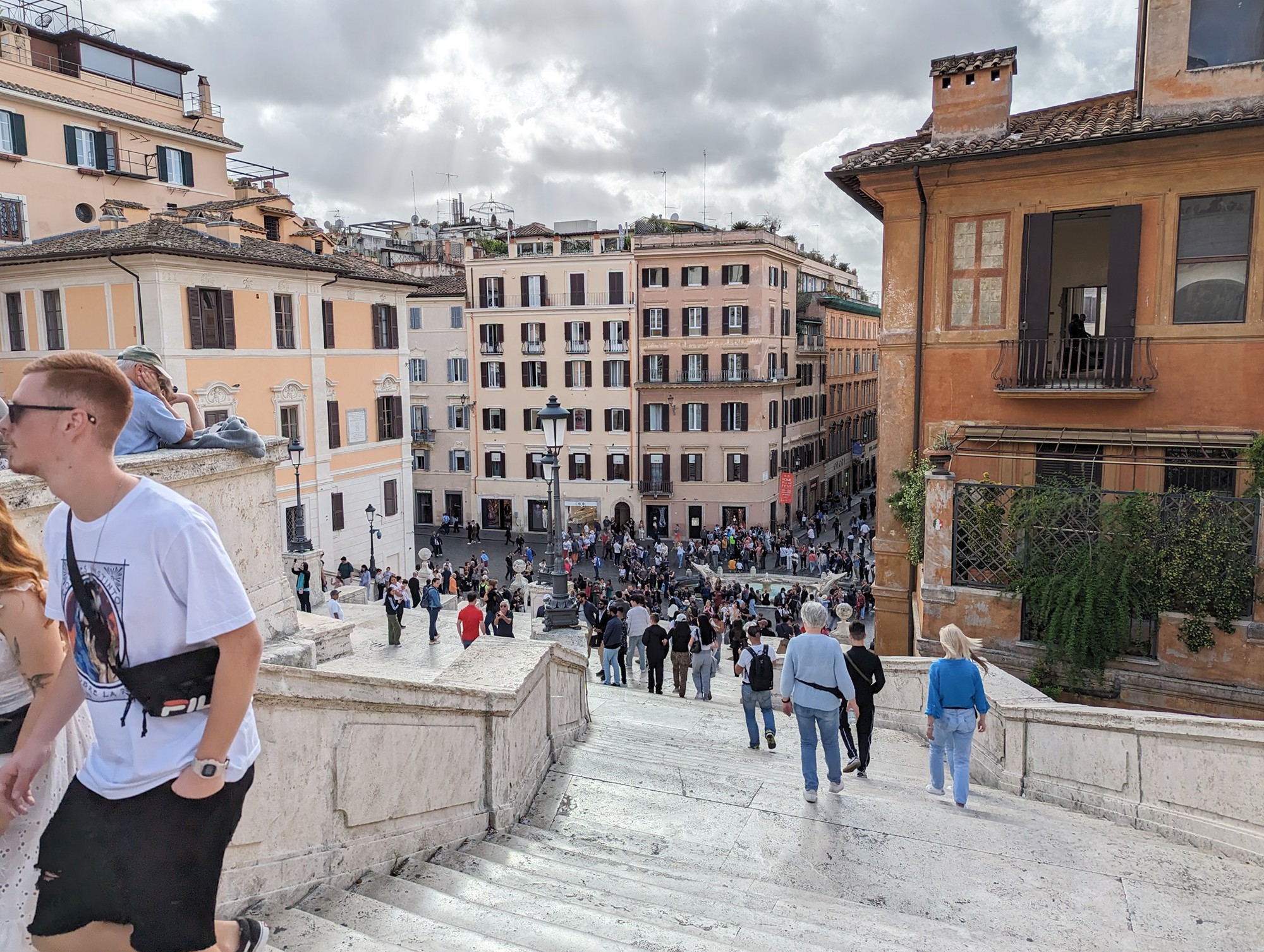
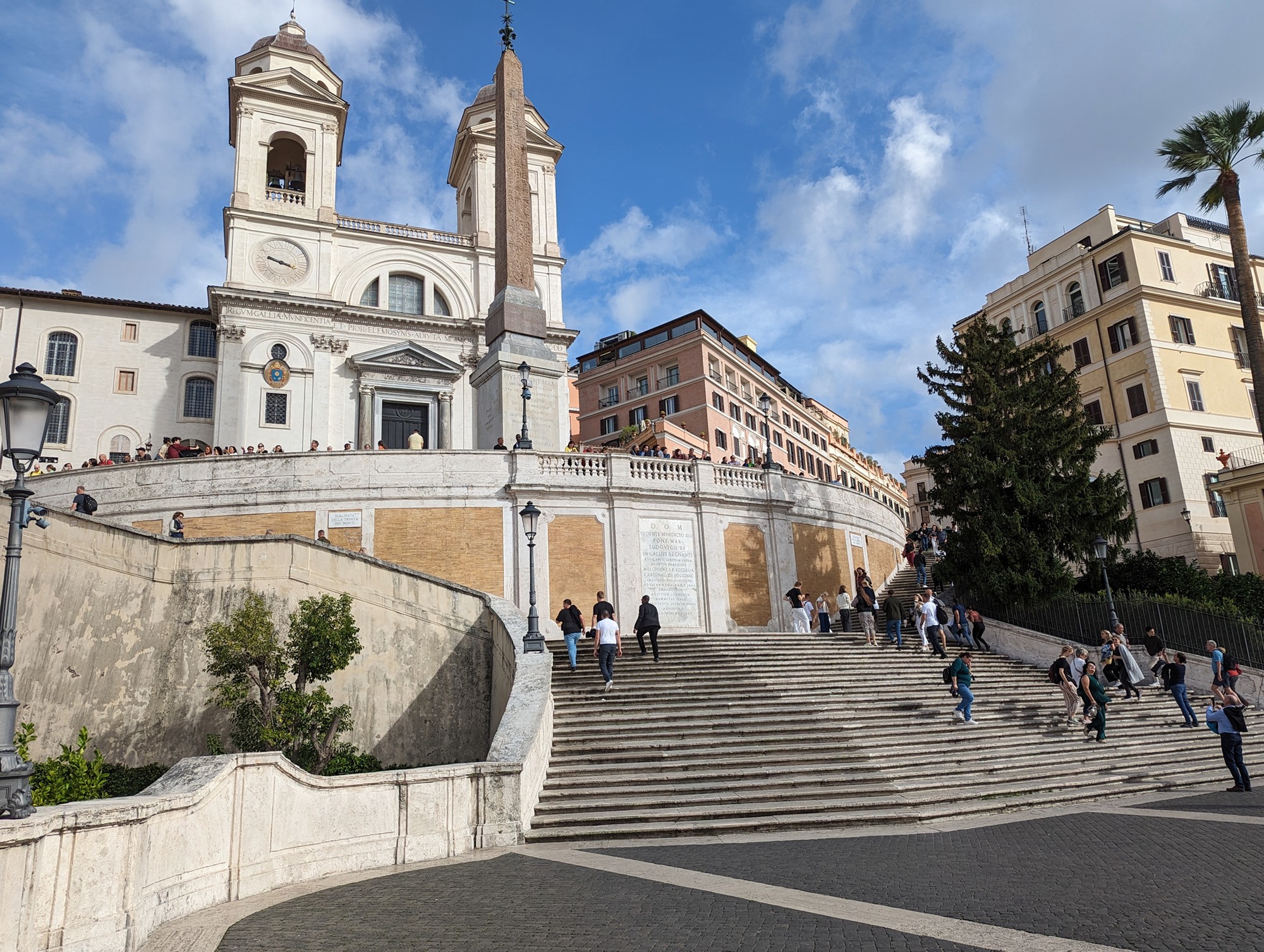
Down to the plazza again
